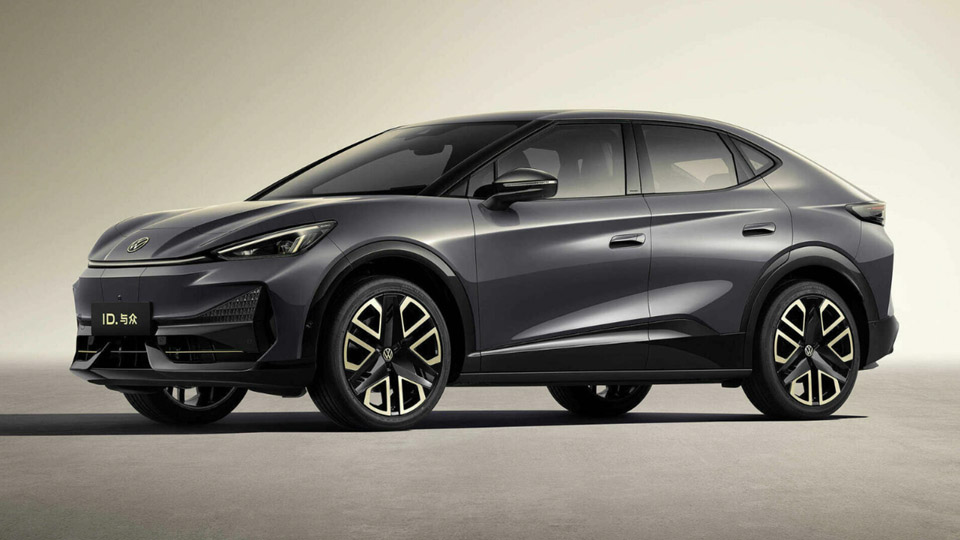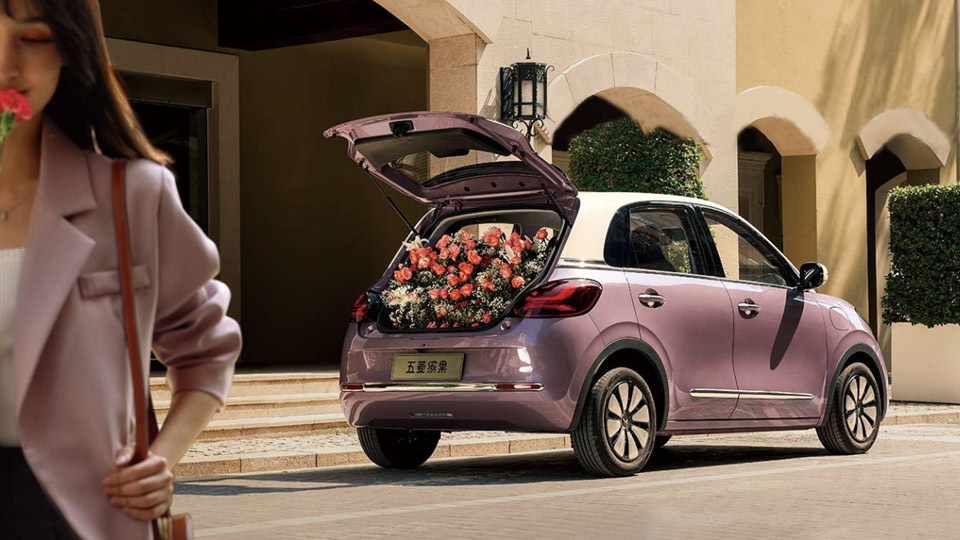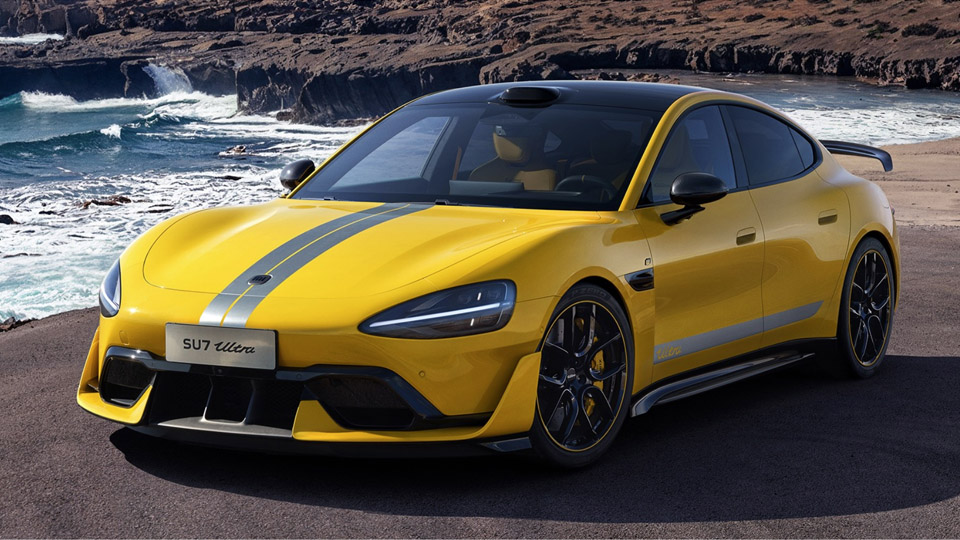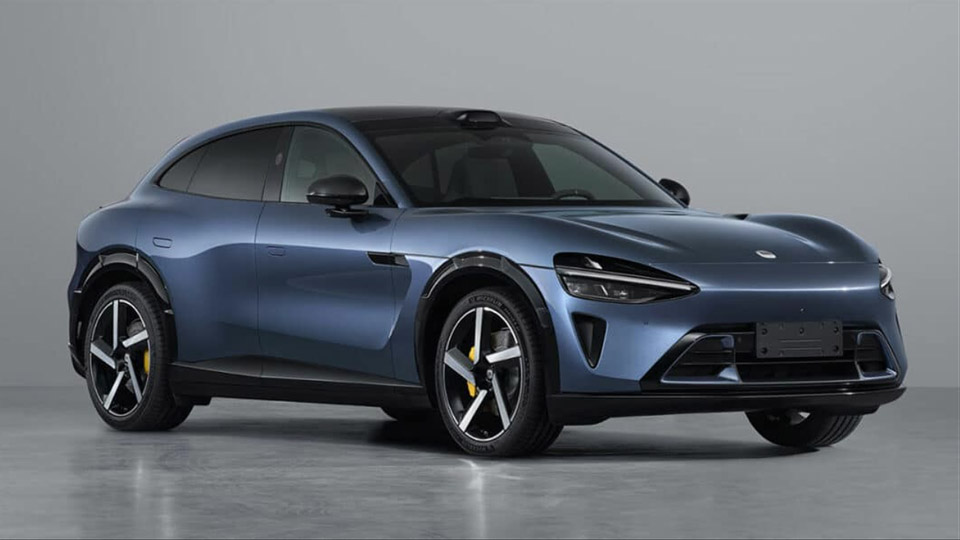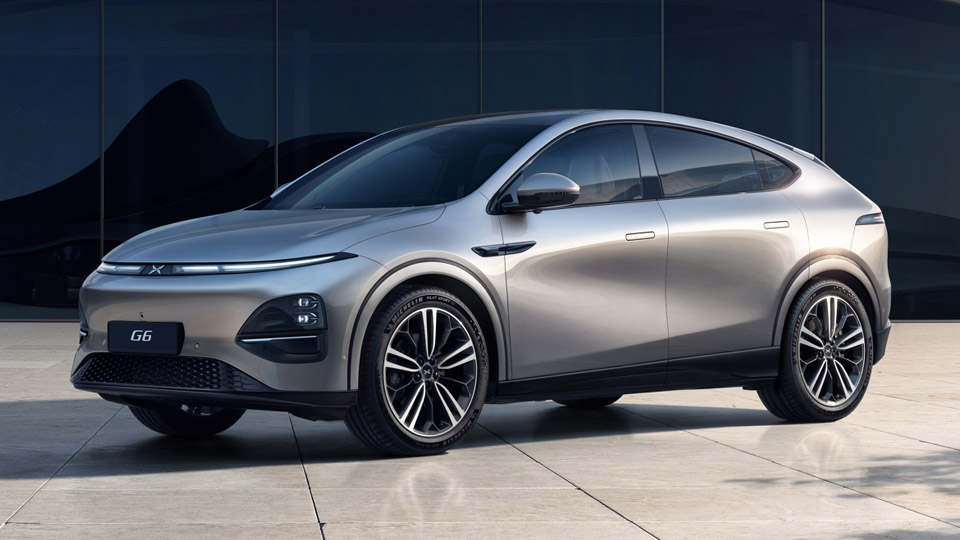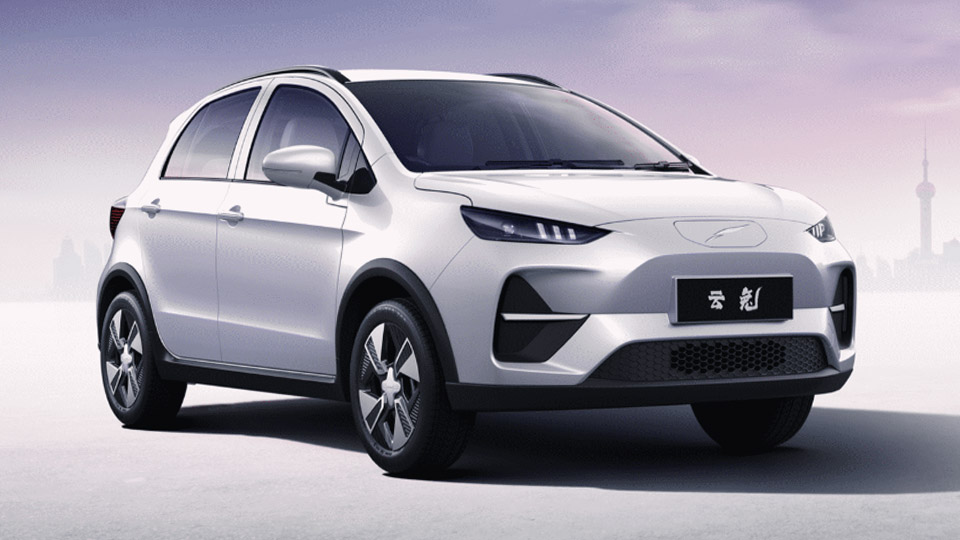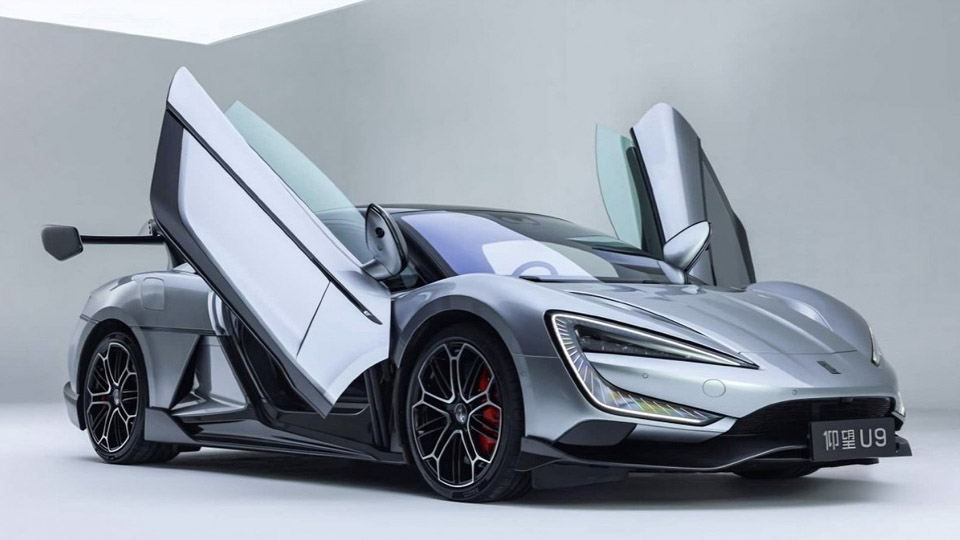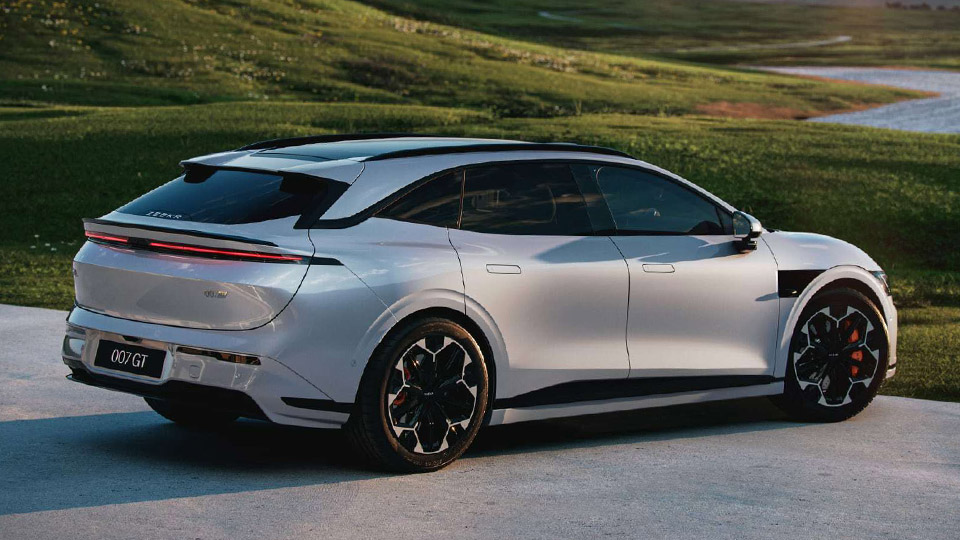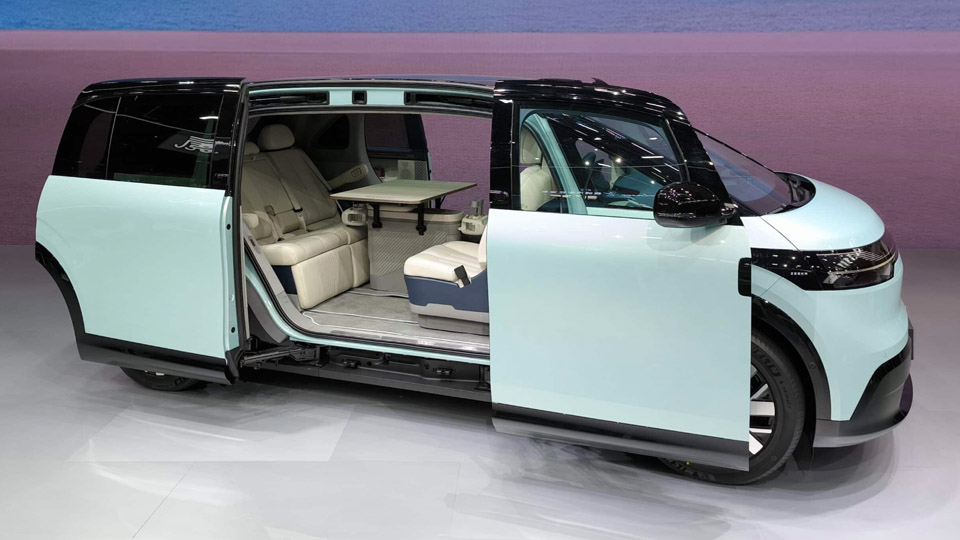Made in China EVs
Article by James Herne
It is not a secret that European car brands produce extended wheelbase versions of their cars in China for local buyers. Some examples are the BMW i5 L sedan and the BMW iX1 L, both of which have their wheelbase extended by 4.3″/110 mm. Then there is a BMW, that the rest of the world knows nothing about—the i3 L. It is based on the BMW 3-series sedan and has its wheelbase extended by 4.5″/115 mm. The fourth Chinese-made electric BMW is the iX3, which is produced with the same wheelbase for all markets.
Foreign companies manufacture quite a few cars in China that they don’t produce in their home countries. Speaking of electric vehicles, besides the BMW i3 L, i5 L, iX1 L, and iX3, there are models such as the Audi Q5 e-tron, Buick Electra E4, Buick Electra E5, Buick Velite 6, Chevrolet Menlo, Dacia Spring (Renault City K-ZE), Ford Mustang Mach-E, Honda e:NP2/e:NS2, Honda Ye P7/S7, Kia EV5, Mazda EZ-6/6e, Mercedes EQE SUV, Mini Aceman, Mini Cooper, Nissan N7, Toyota bZ3, Toyota bZ3C, Toyota bZ3X, Volkswagen ID.Unyx (Cupra Tavascan). There’s no need to mention Volvo, Polestar, MG, Lotus, and Smart, as China is already their new home.
What comes to the ownership of Chinese car companies, the newer companies are privately owned. These are GWM (Great Wall Motor, first car made in 1996), Geely (1998), BYD (2005), Lifan (2006), Nio (2018), XPeng (2018), Aiways (2019), Leapmotor (2019), Li Auto (2019), Yudo Auto (2019), Skyworth (2021), Xiaomi (2024).
Automakers that have both private and state-owned shareholders are Hozon (2018) and Seres (2019). One of the shareholders of Seres is Dongfeng and that’s why in the beginning the cars were marketed under the DFSK brand.
The old car manufacturers in China are state owned. These are Dongfeng (first car made in 1958), FAW (1958), SAIC (1958), Changan (1959), BAIC (1965), Guangxi Auto (1982), Jiangsu Yueda (1997), Chery (1999), Brilliance (2000), JAC (2002), GAC (2010). European, American, Japanese, and Korean car brands mostly cooperate with state-owned automakers. The exceptions are Smart (a Mercedes cooperation with Geely) and Mini (a BMW cooperation with GWM).
Have you noticed that Mini and GWM Ora 03 Good Cat look rather similar? These cars don’t share any parts, but—considering the Mini factory in China is a 50/50 cooperation project between BMW and GWM, they share people in the office. While Mini inspired the designers of the Ora Good Cat, Porsche inspired the designers of the Ora Lightning Cat (see picture below). In addition, Ora has a model named Ballet Cat—which should really be called “Copy Cat” since it’s a complete copy of the Volkswagen Beetle, a car originally designed by Ferdinand Porsche in the 1930s.
Continuing with Volkswagen, it is interesting that in China VW competes with itself. The FAW and SAIC Volkswagen factories produce similar cars, but with slightly different designs. For example, the FAW-VW factory makes ID.4 Crozz, ID.6 Crozz and ID.7 Vizzion (the “zz”-cars), while the SAIC-VW factory makes ID.4 X, ID.6 X and ID.7 S. Neither of the ID.6 versions nor the ID.4 X and ID.7 S are sold in Europe, USA or Australia. The ID.4 Crozz and ID.7 Vizzion are similar to the German versions, but they are sold also in China. So, Volkswagen completes with itself in China. Although the SAIC-VW partnership is 50/50, in the FAW partnership Volkswagen holds only a 40% stake.
Another brand that competes with itself in China is Honda. The GAC and Dongfeng factories produce the same Honda models, but with slightly different designs and slightly different names. Toyota does it somewhat differently—at the FAW and GAC factories they produce different body styles of the same car.
There are a few electric pickup trucks made in China. One of them, a Dongfeng Rich 6, is based on Nissan Navara. This is an interesting detail given that Nissan itself does not market an electric version of the Navara.
In total, hundreds of electric vehicle models are made in China. The following list with photos was made as compact as possible, yet it still includes over a hundred cars. It covers all the models produced for foreign brands (as of 2025), plus at least one model from every Chinese brand. Factory owners are mentioned in parentheses.
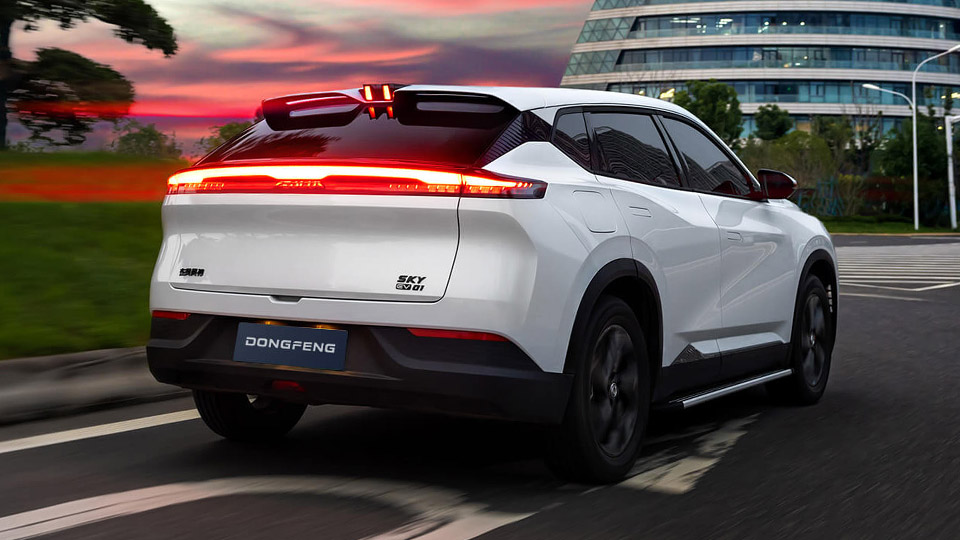
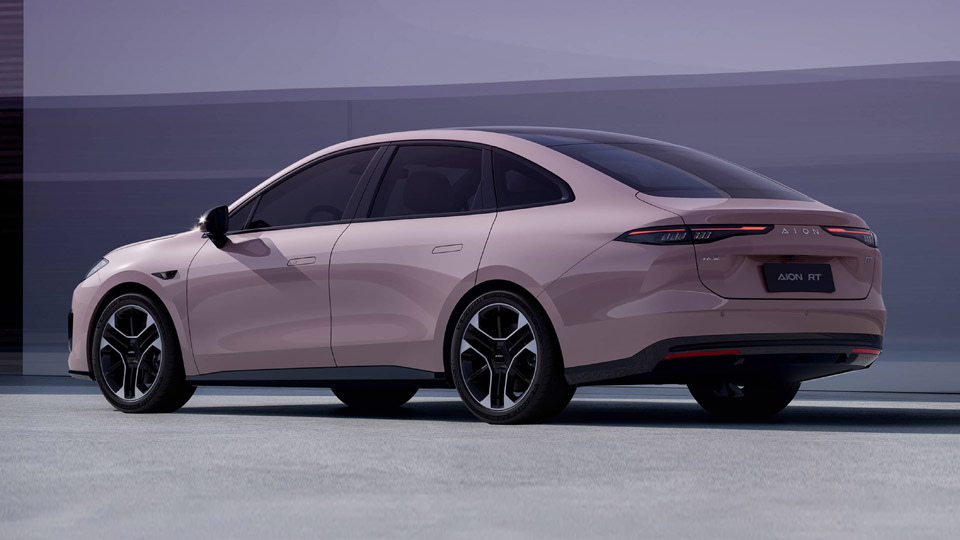
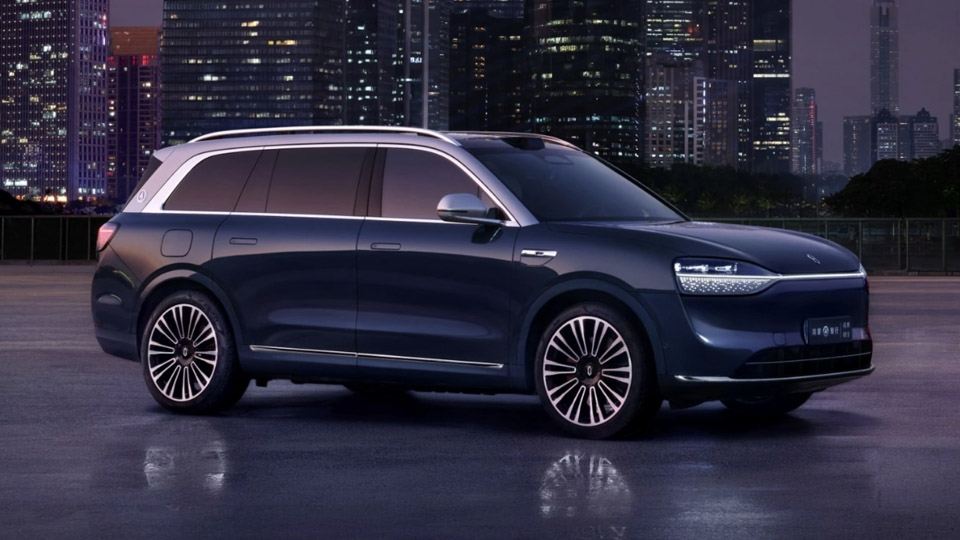
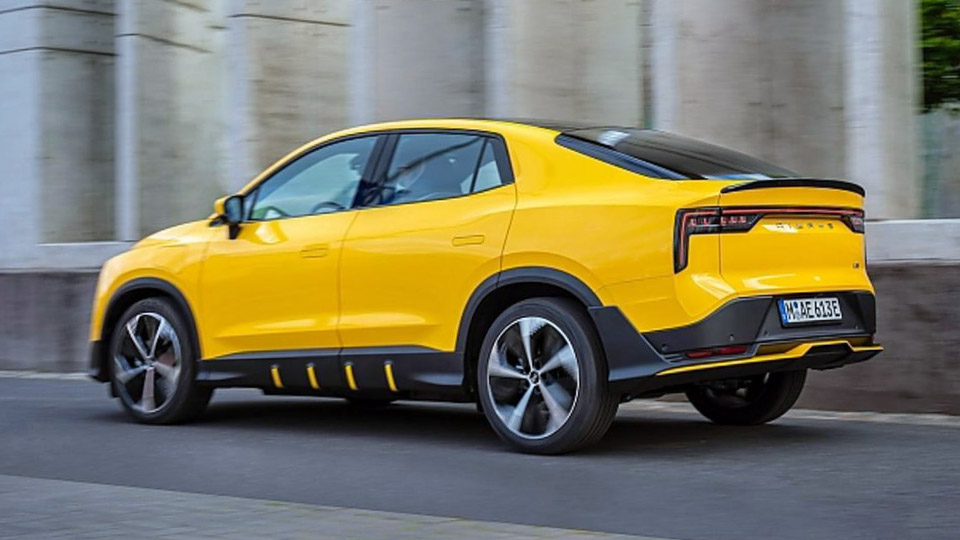
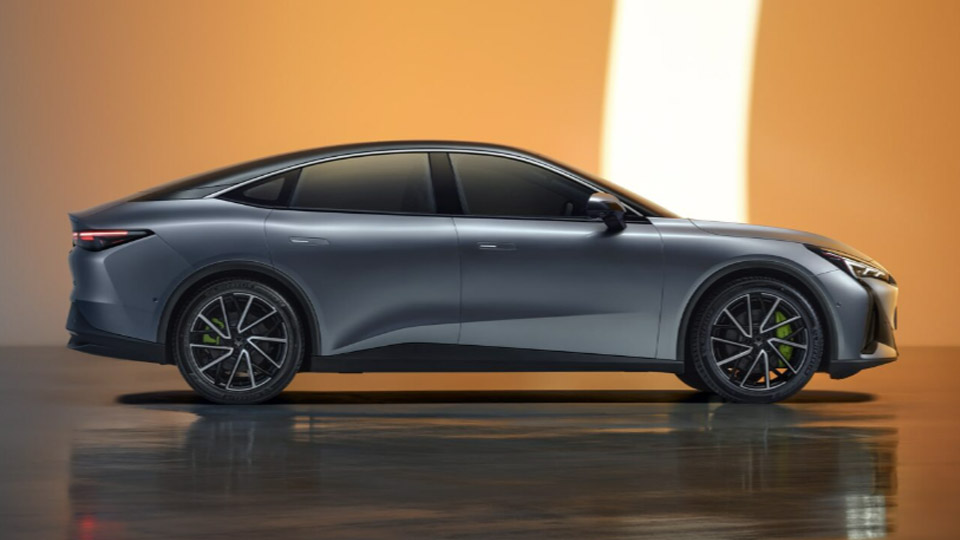
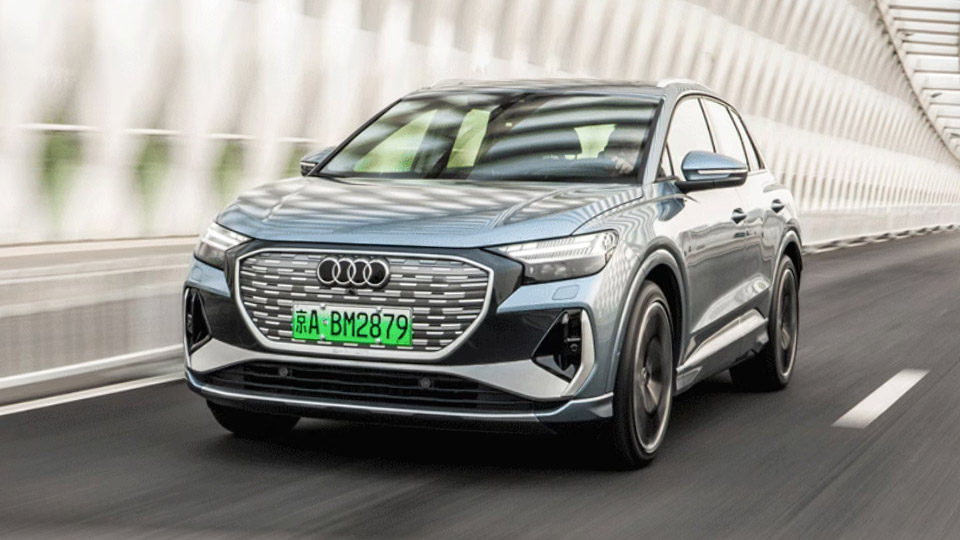
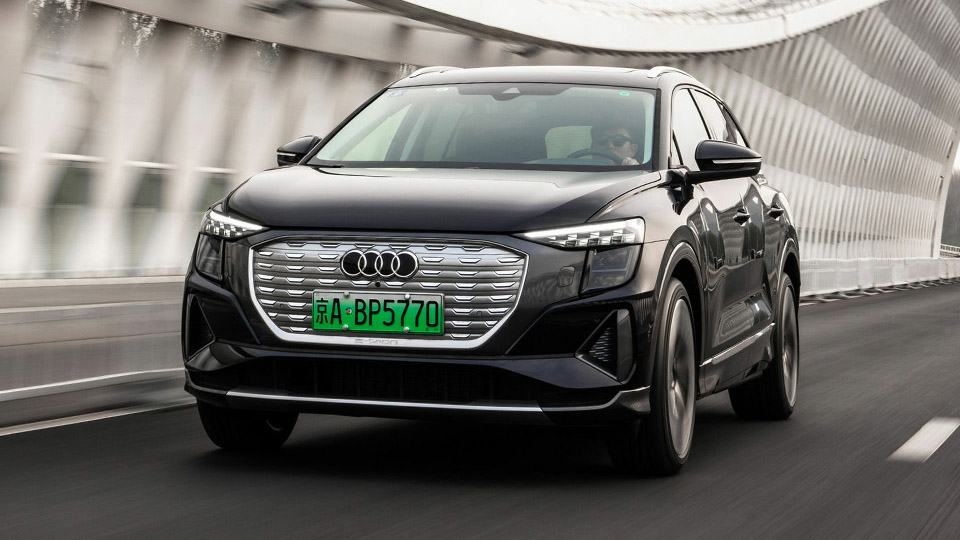
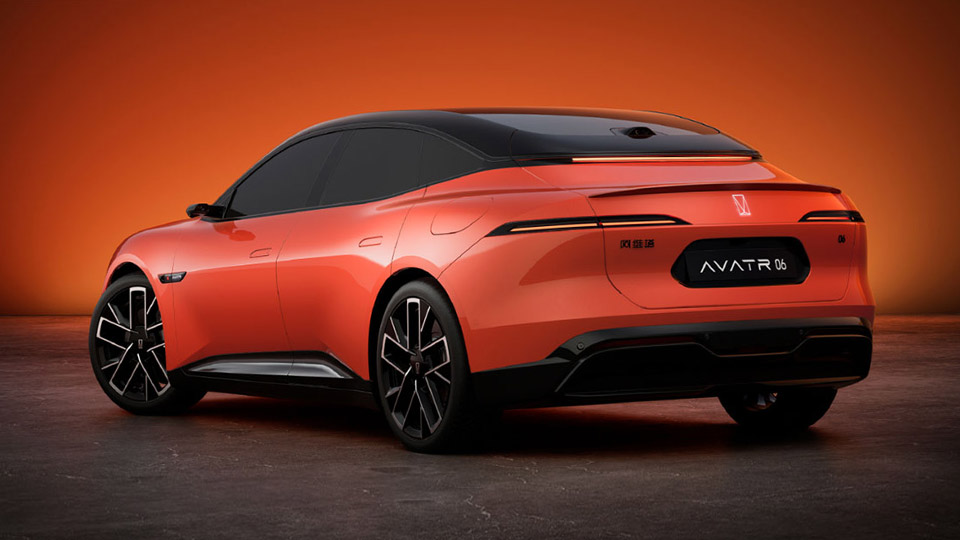
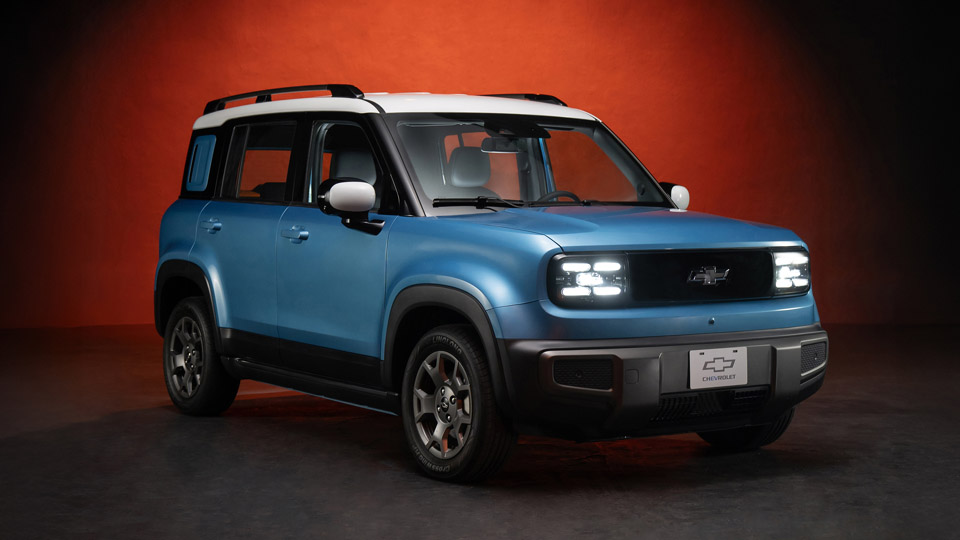
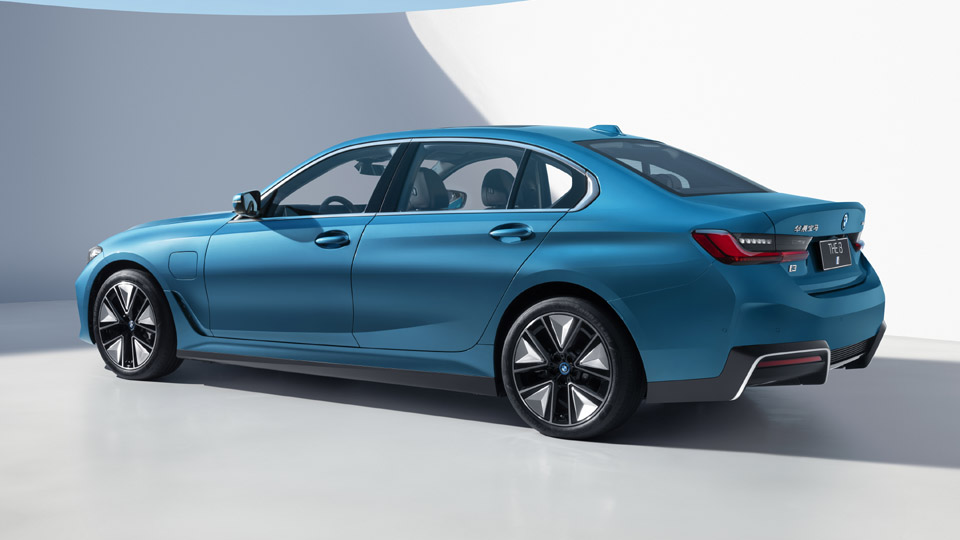
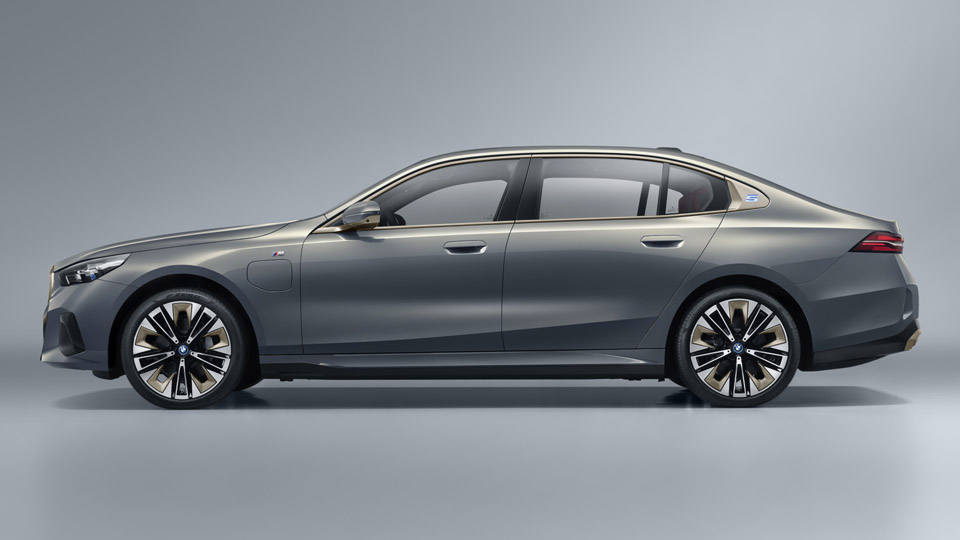
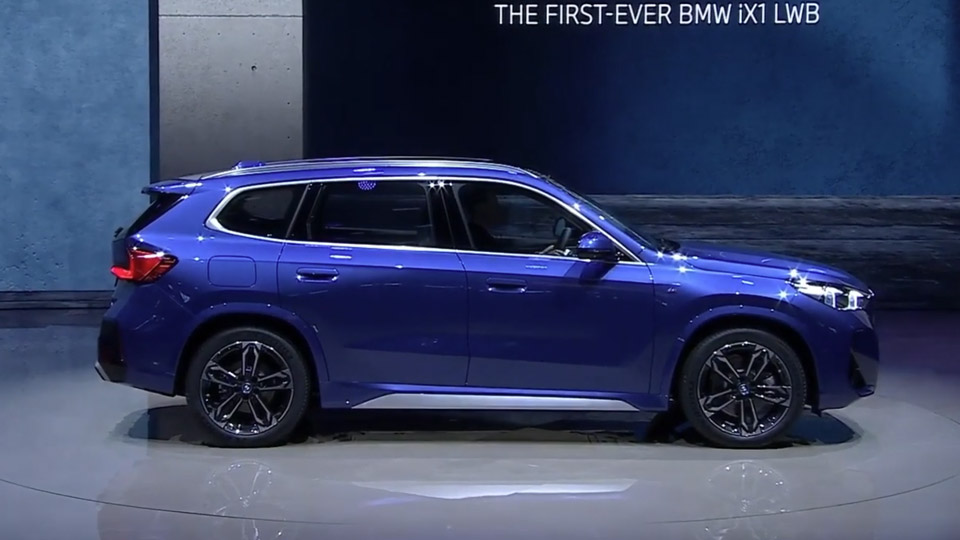
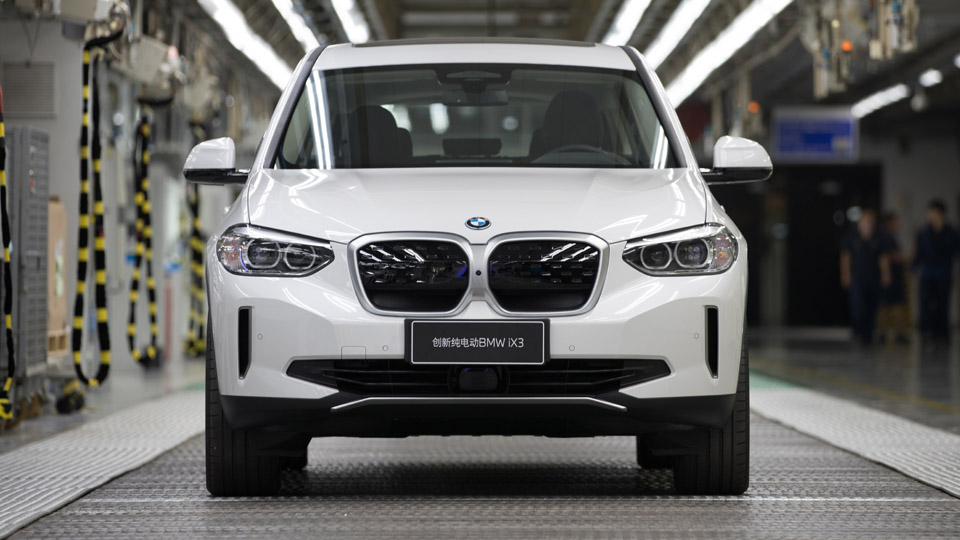
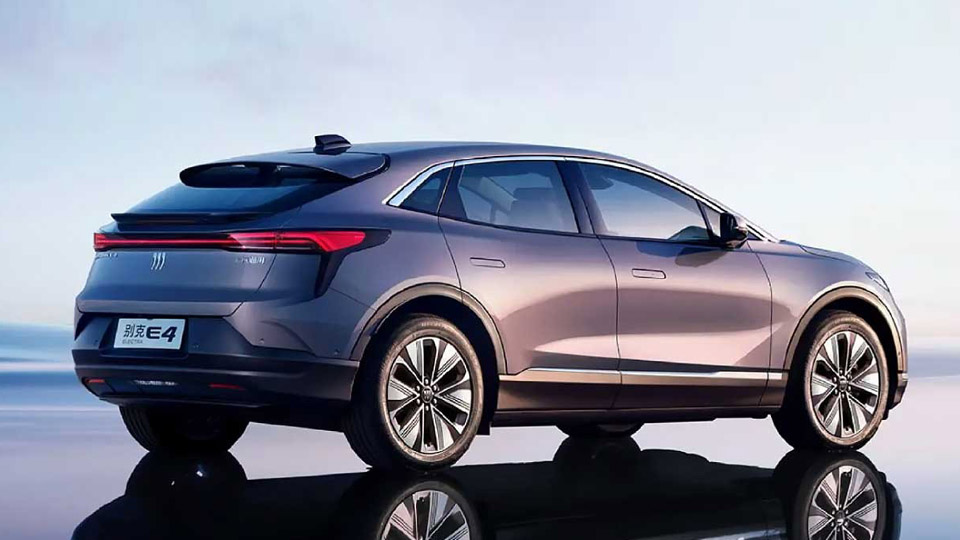
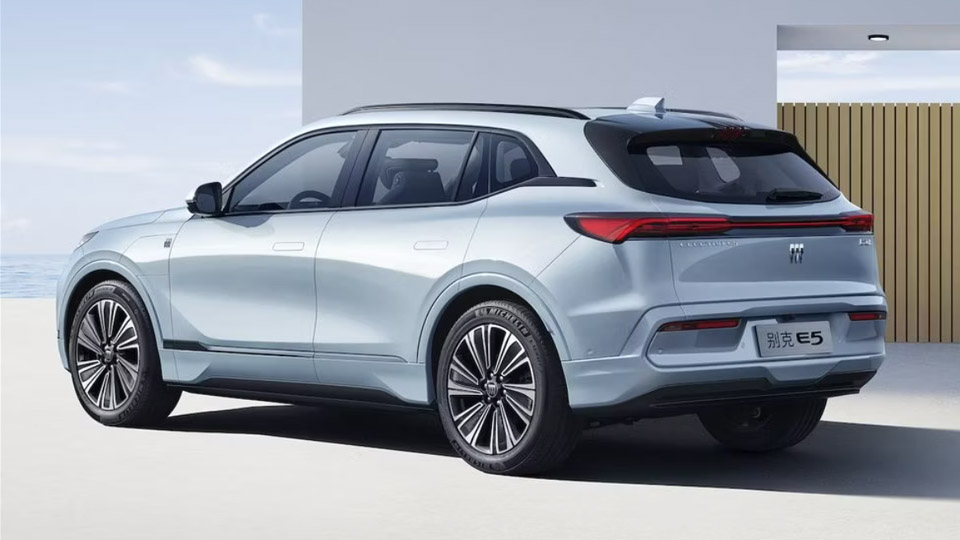
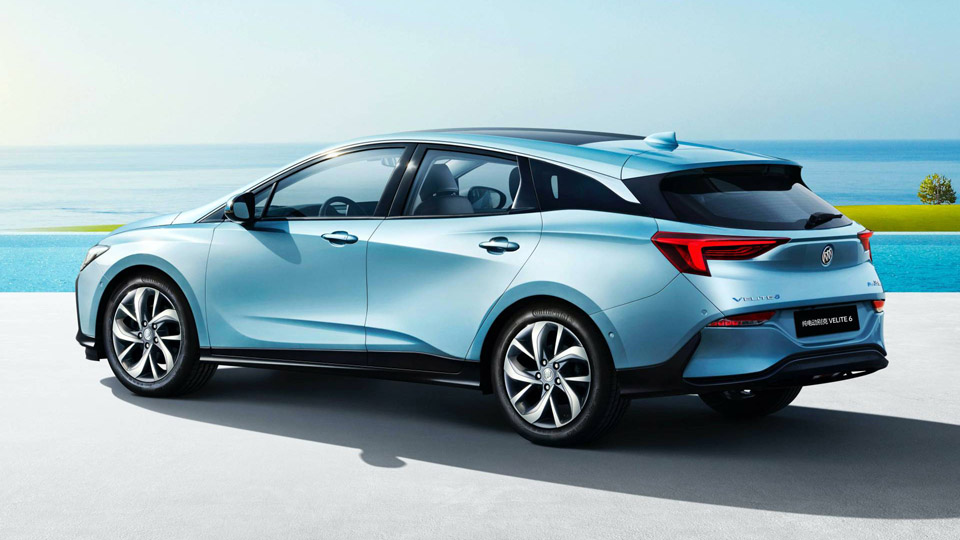
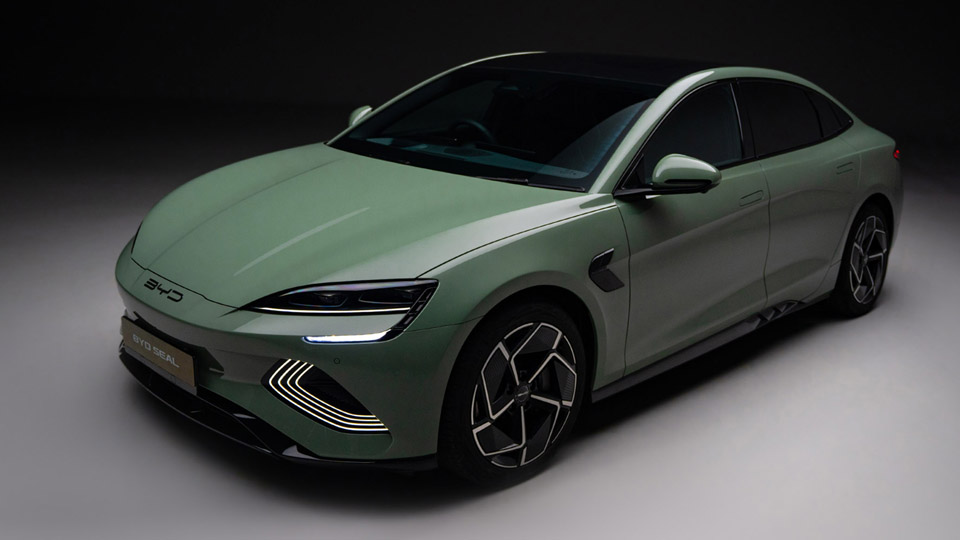
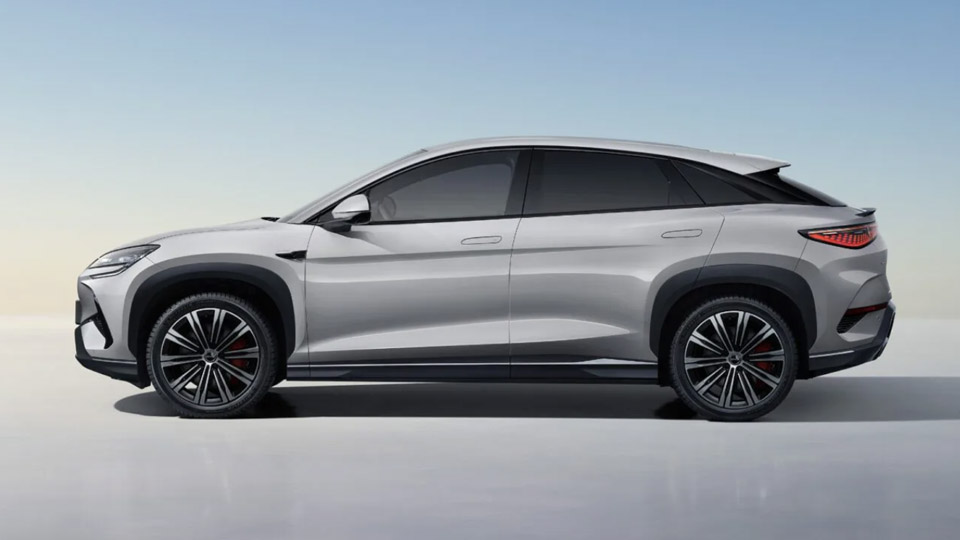
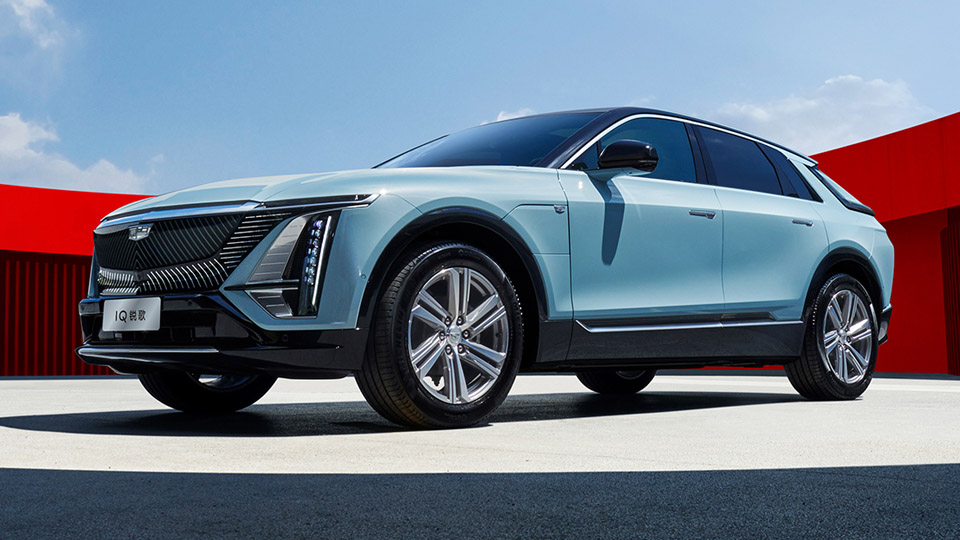
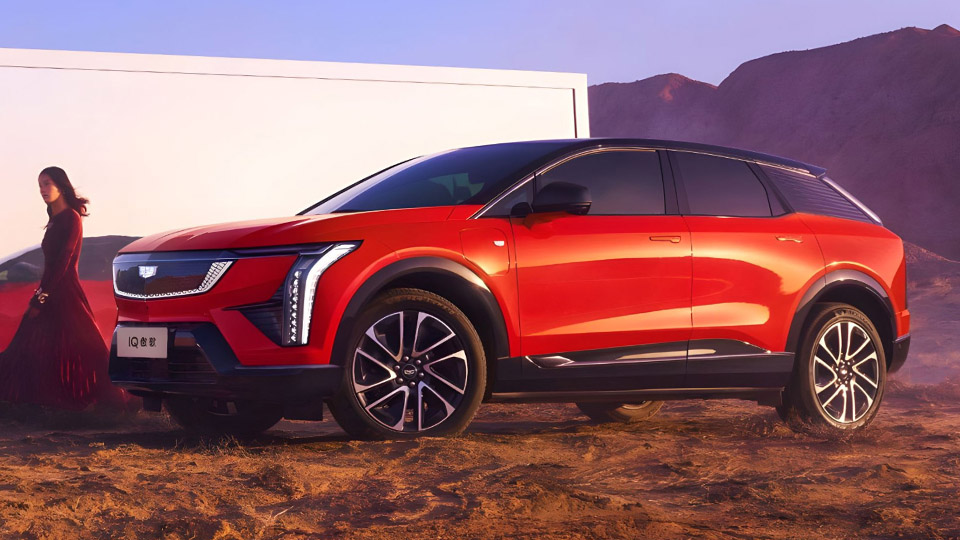
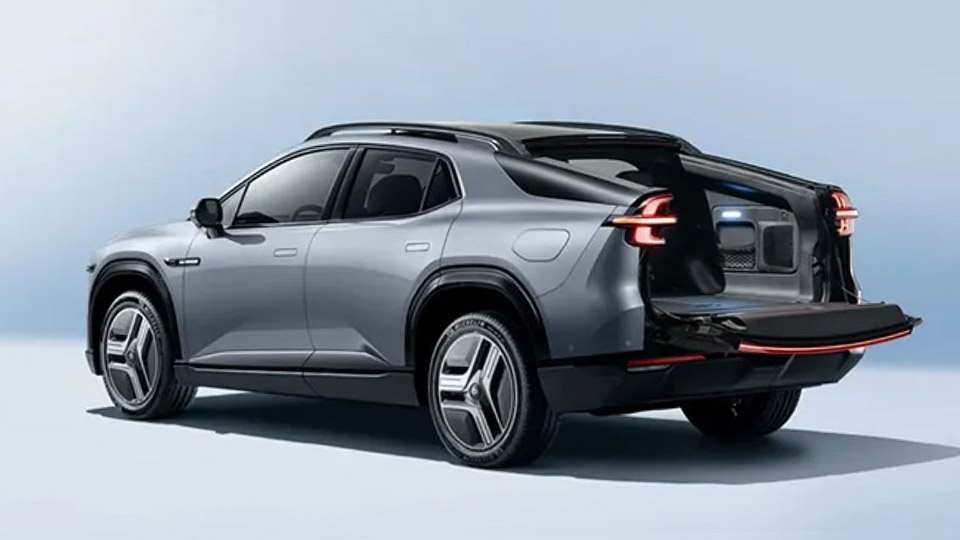

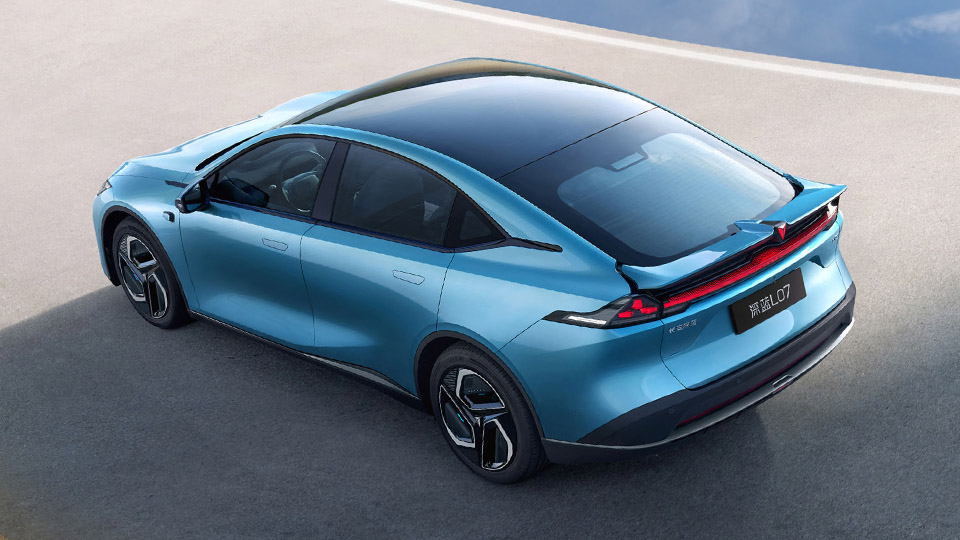
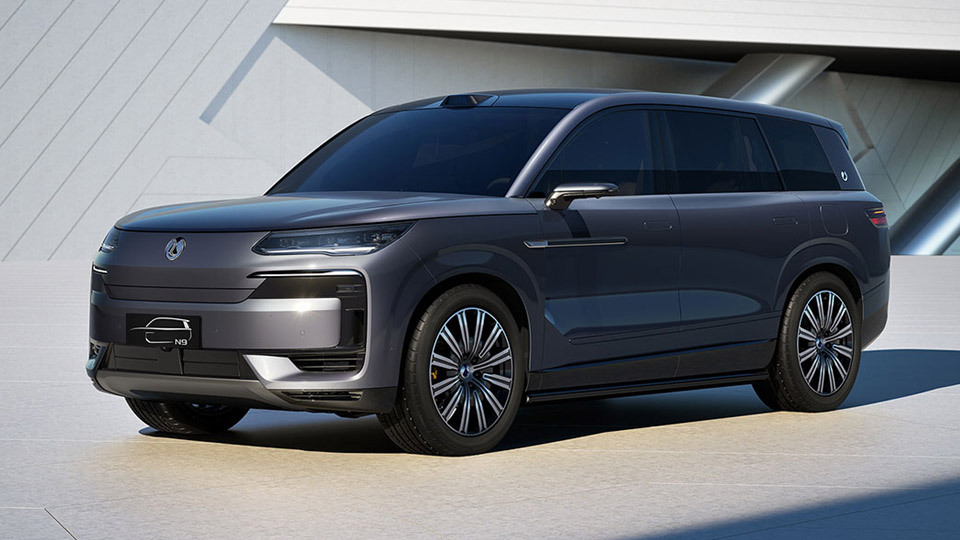
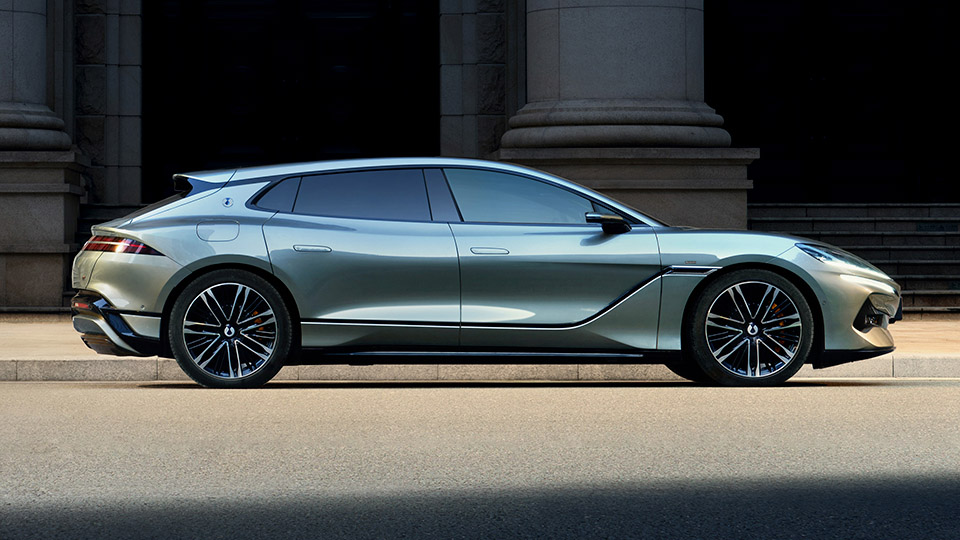
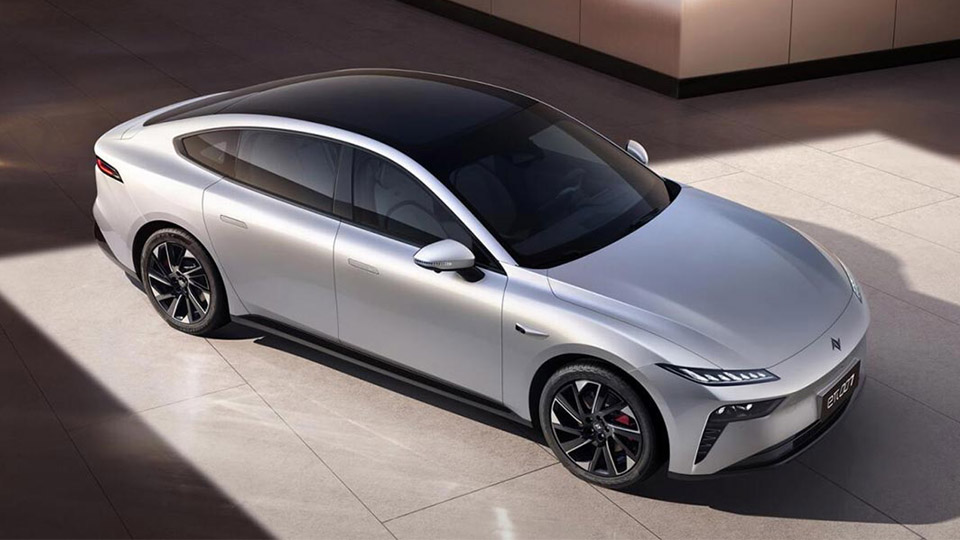
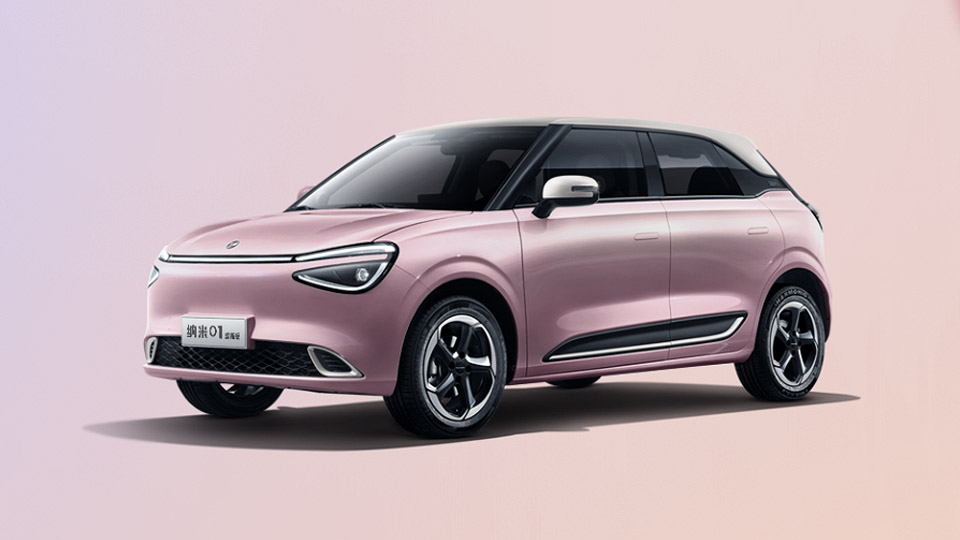
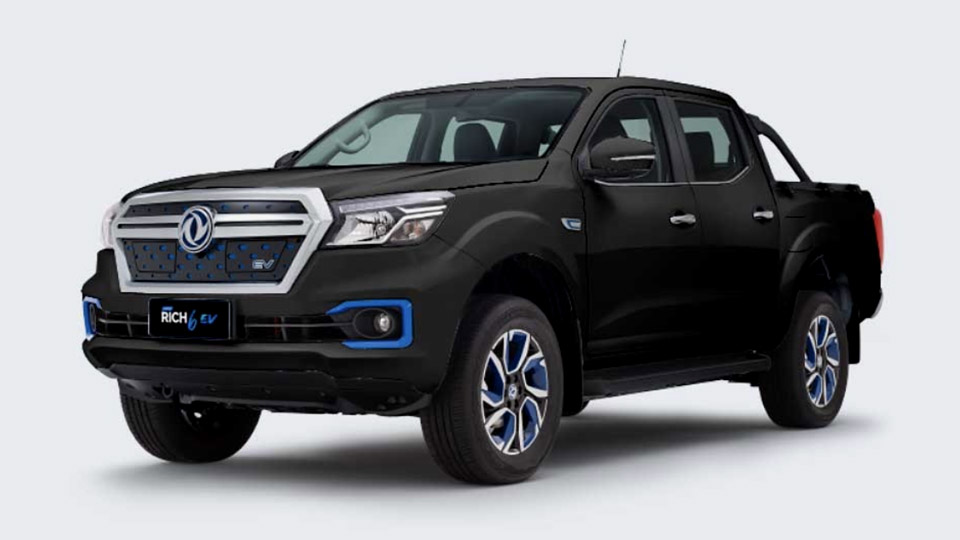
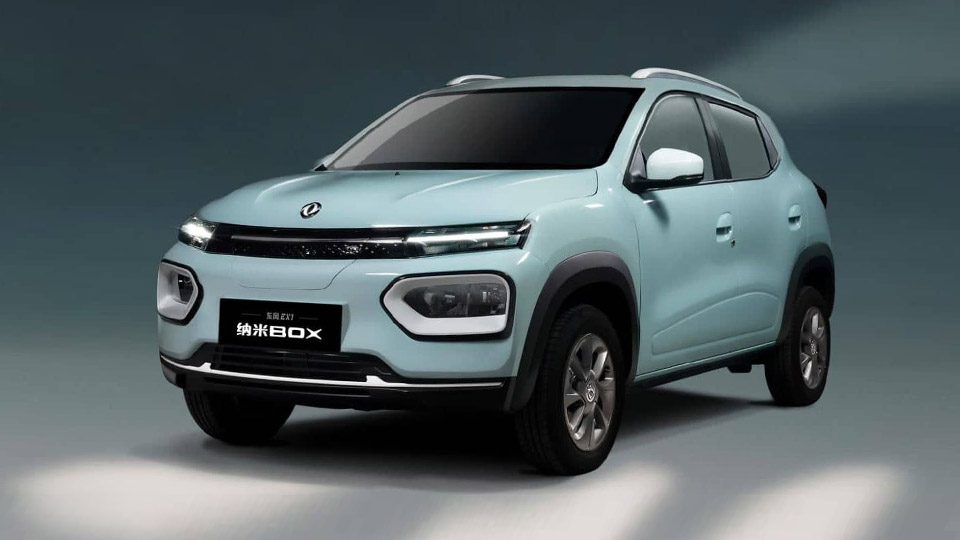
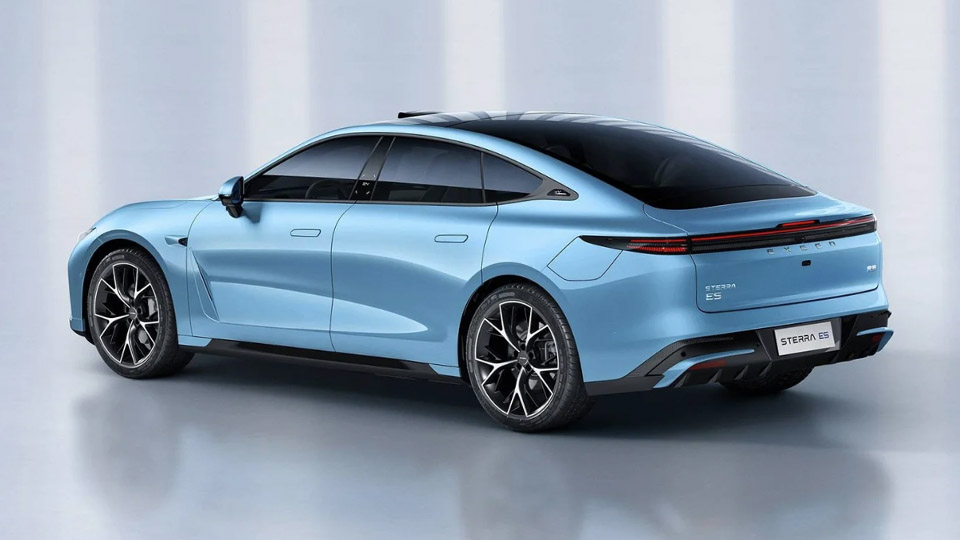
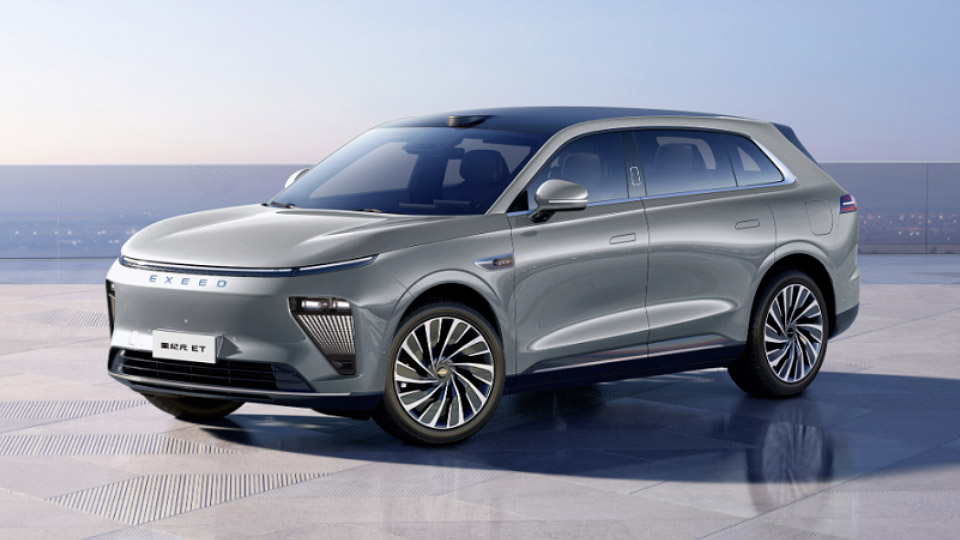
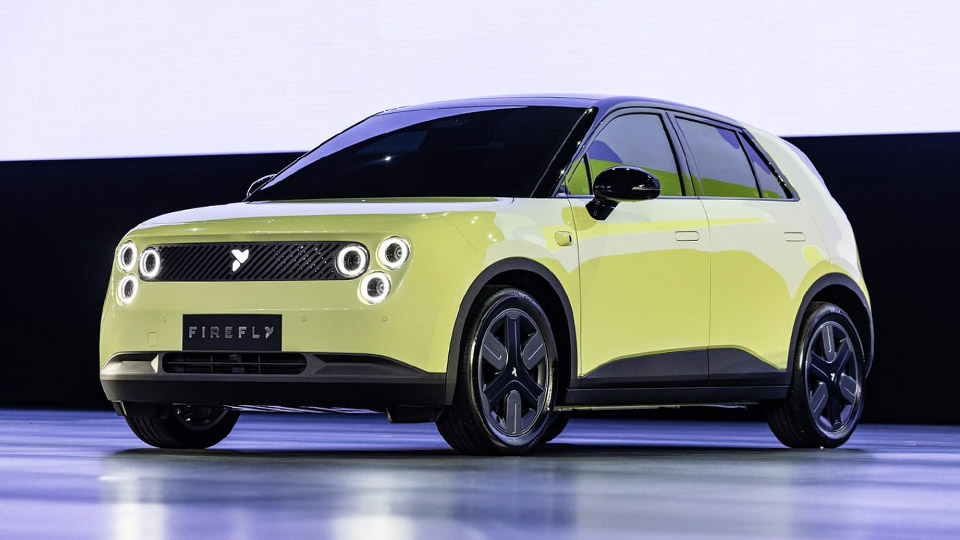
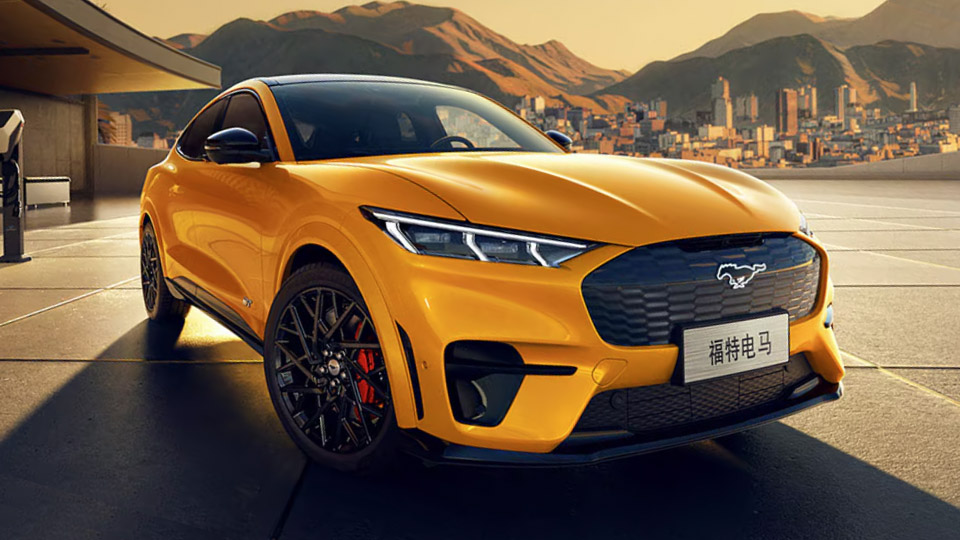
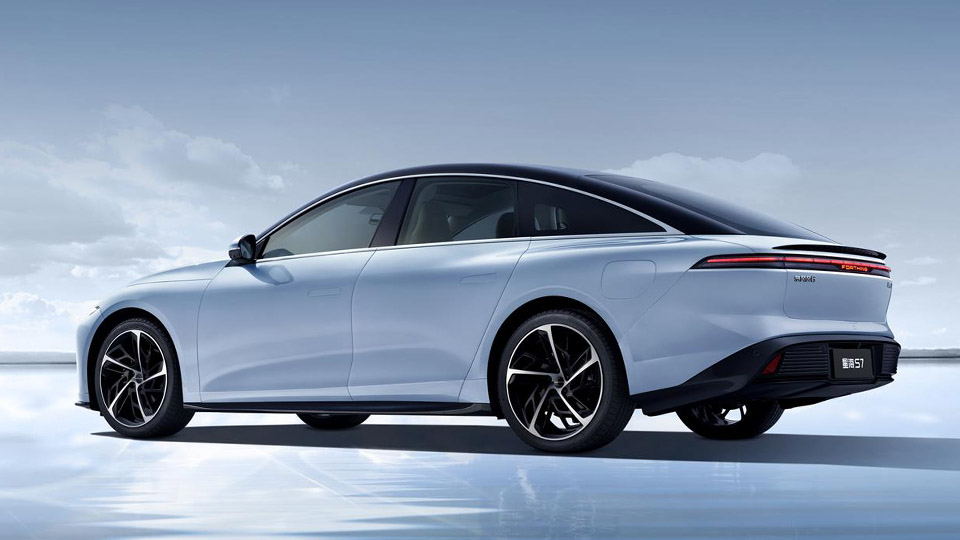
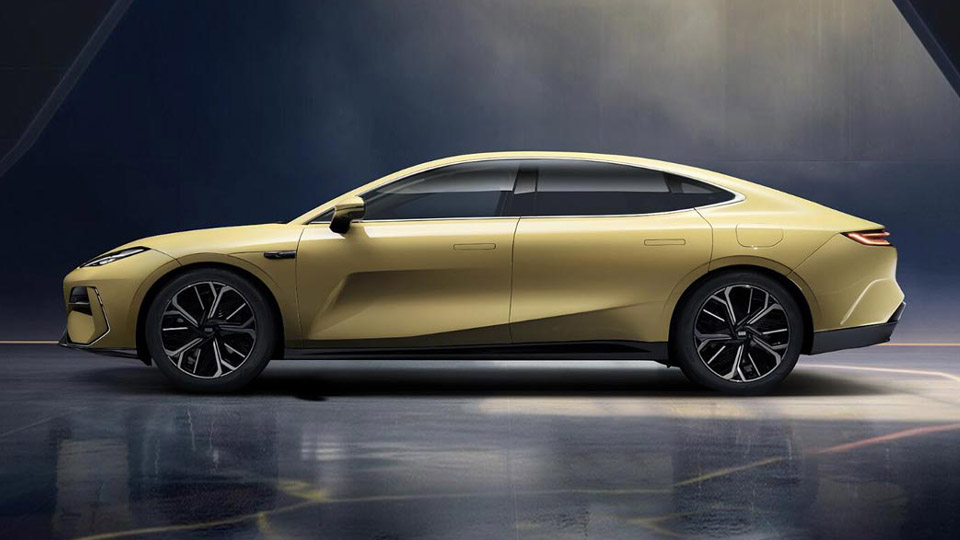
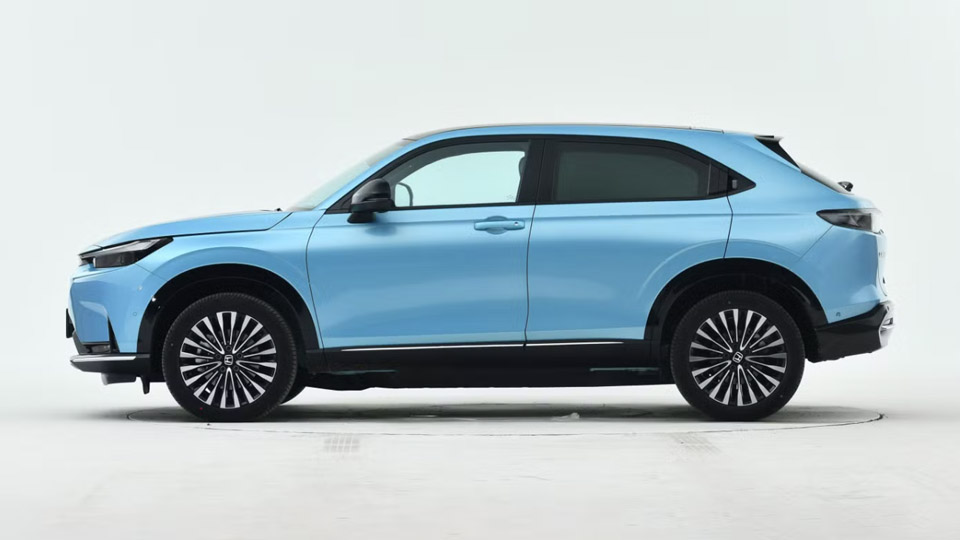
Honda e:NP1 (GAC 50% + Honda 50%)
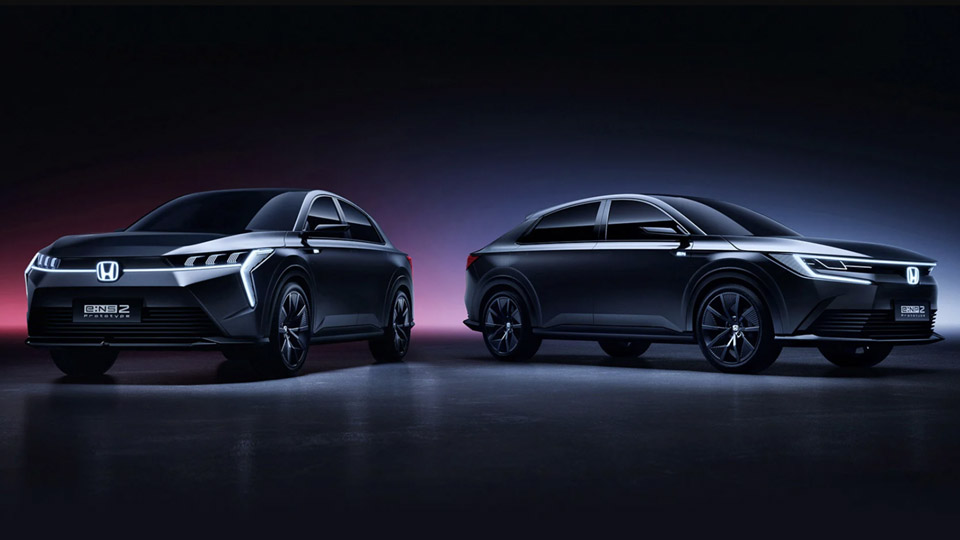
Honda e:NP2 (GAC 50% + Honda 50%)
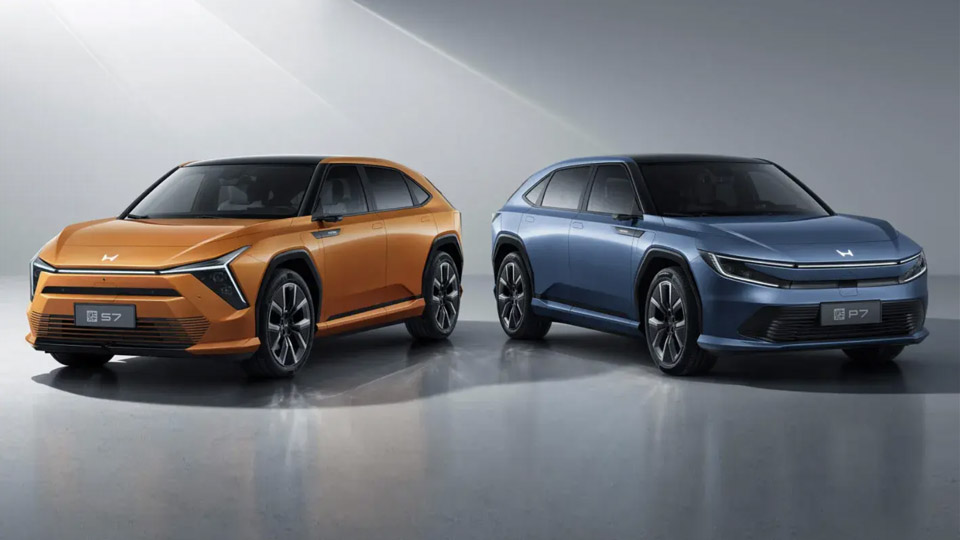
Honda Ye P7 (GAC 50% + Honda 50%)
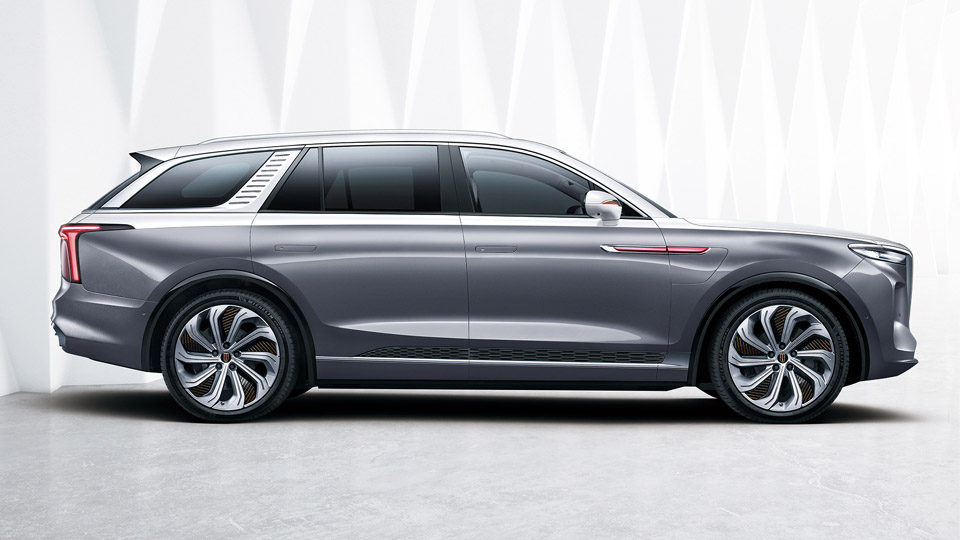

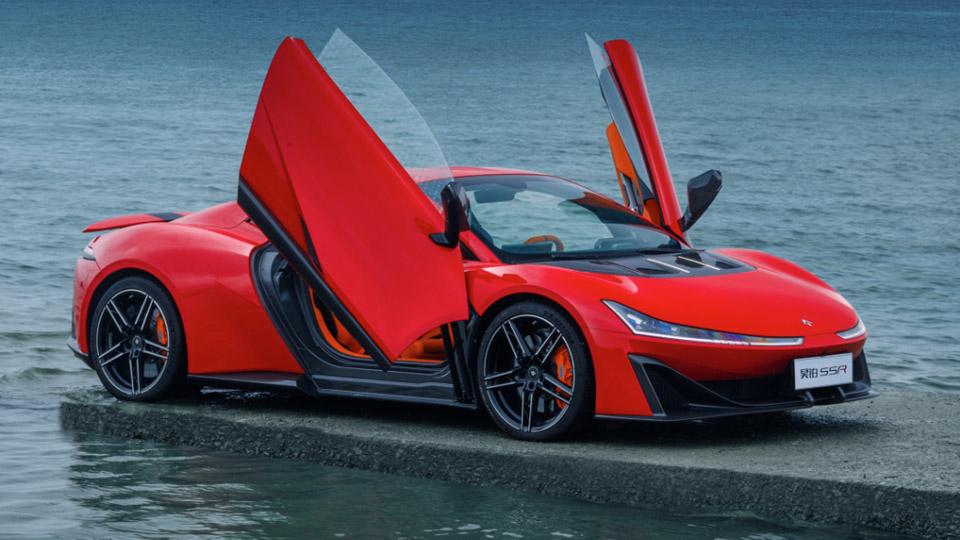
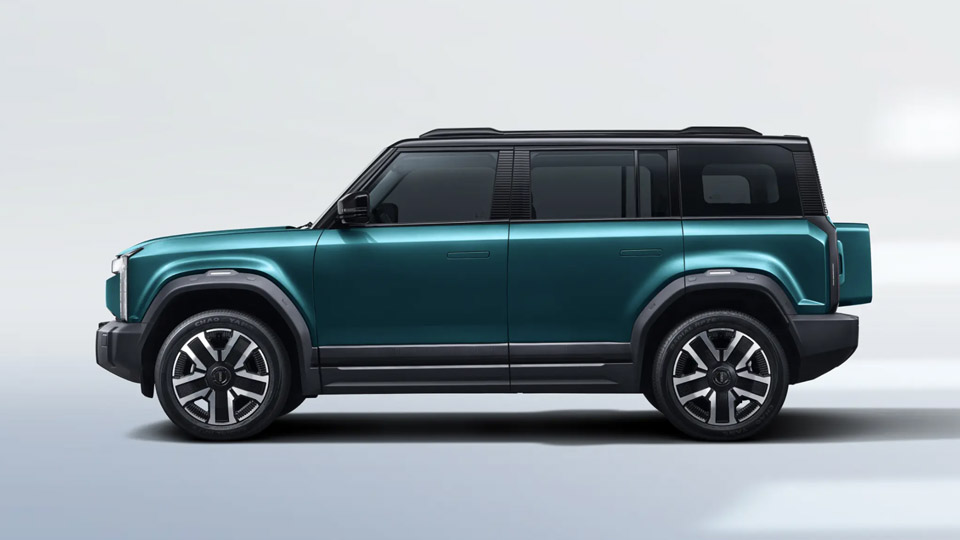
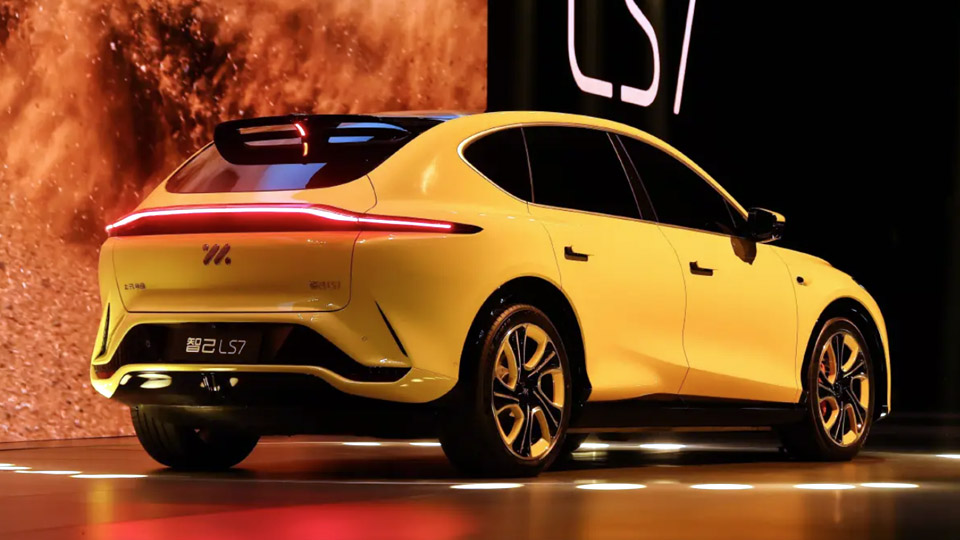
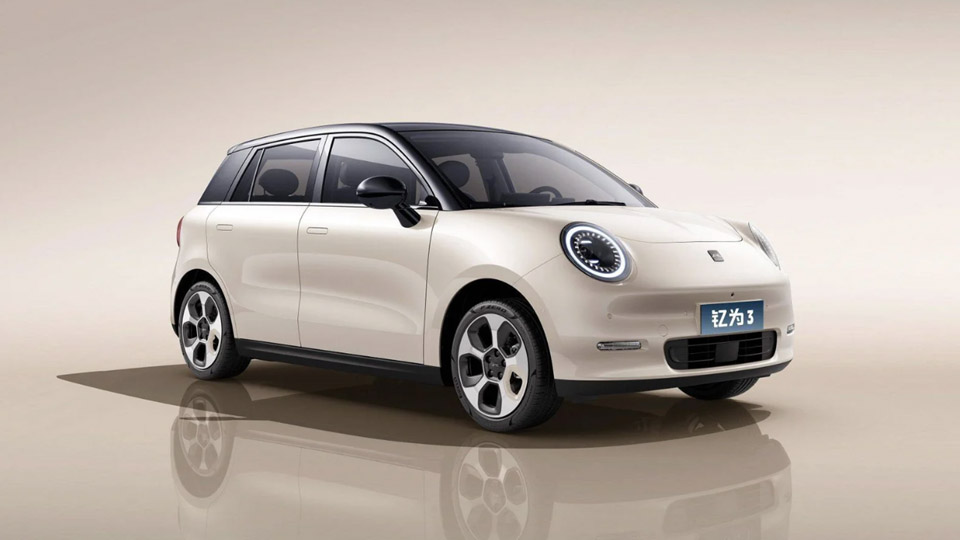
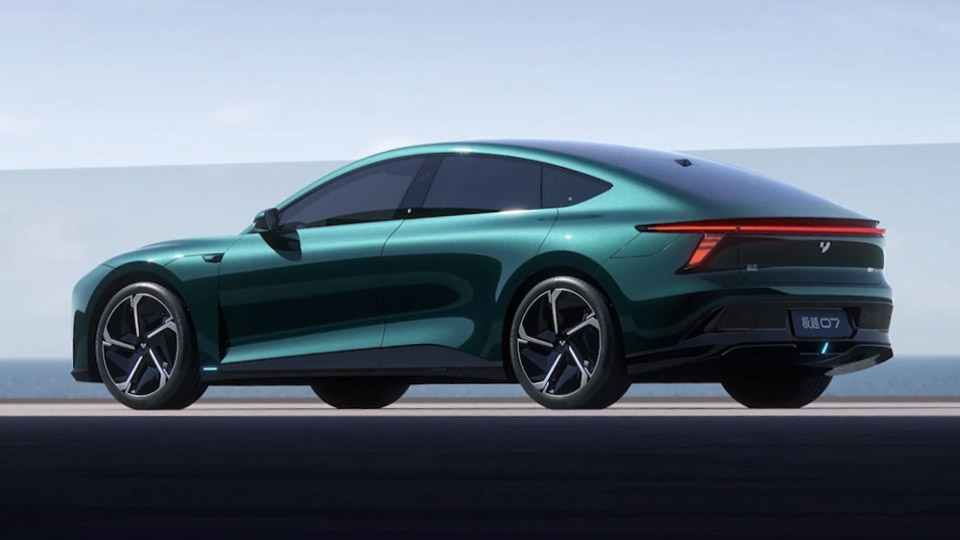
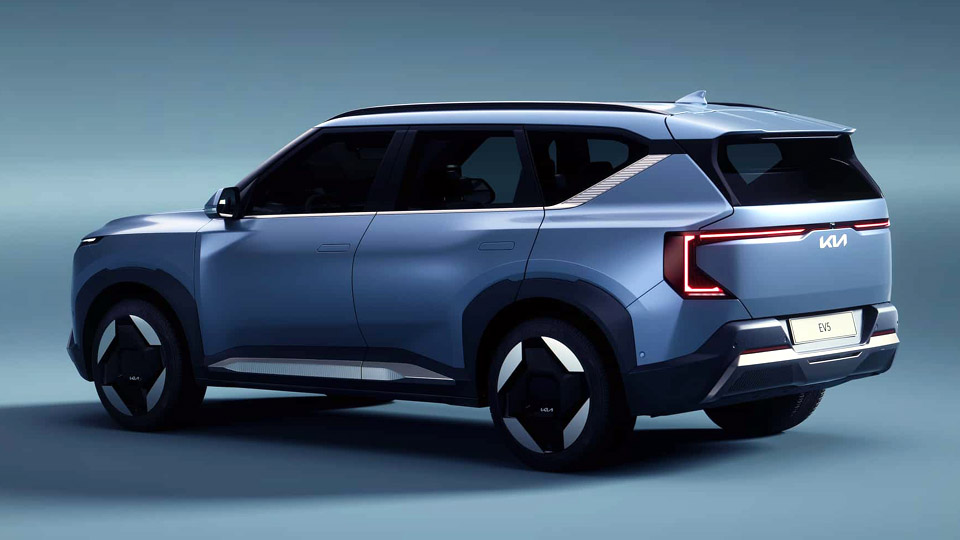
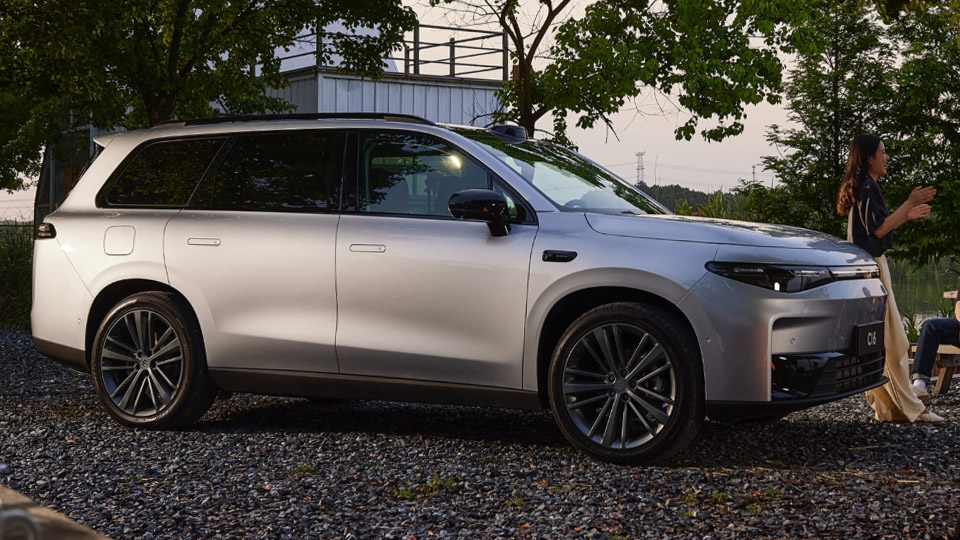
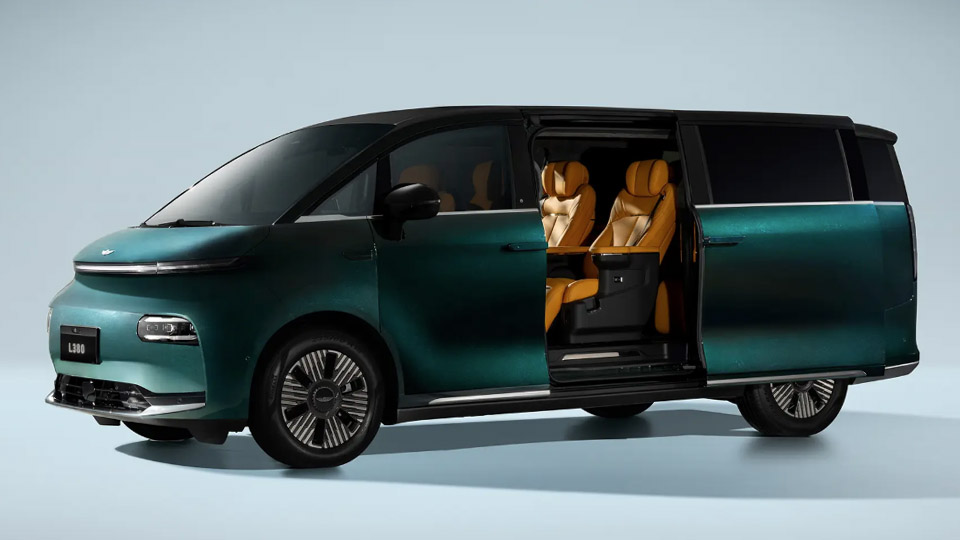
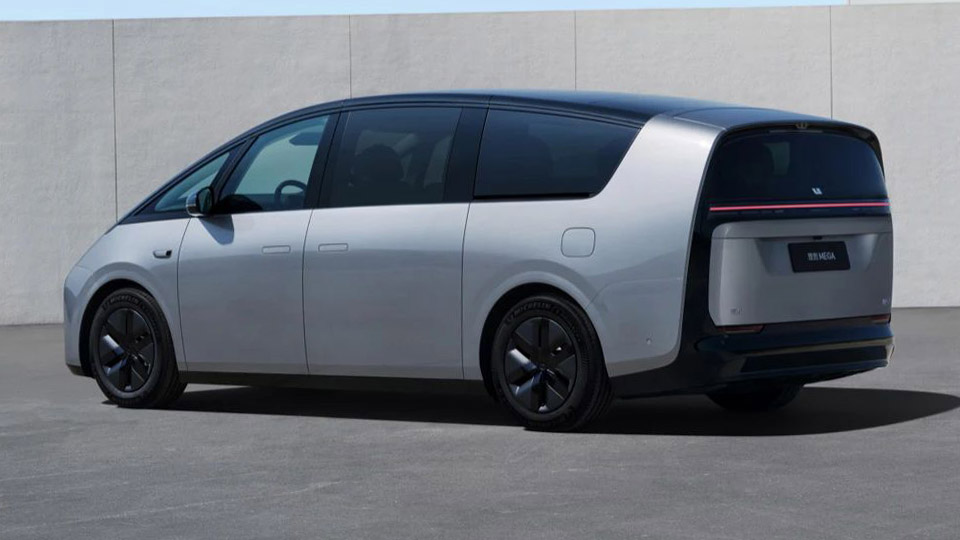
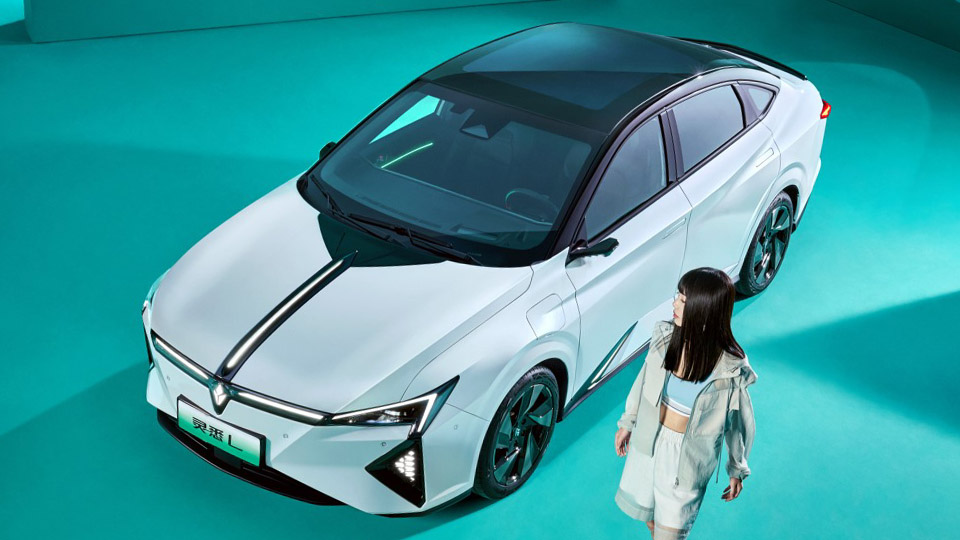
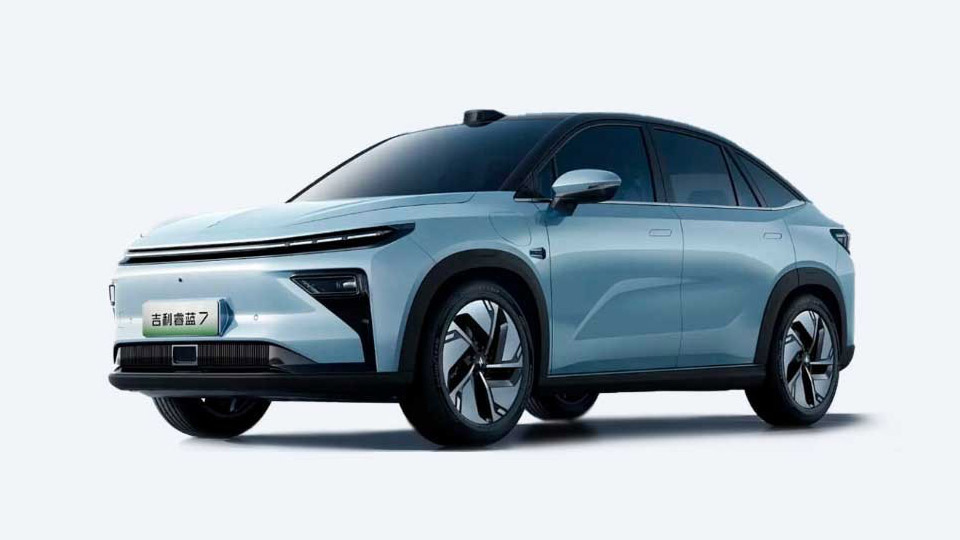
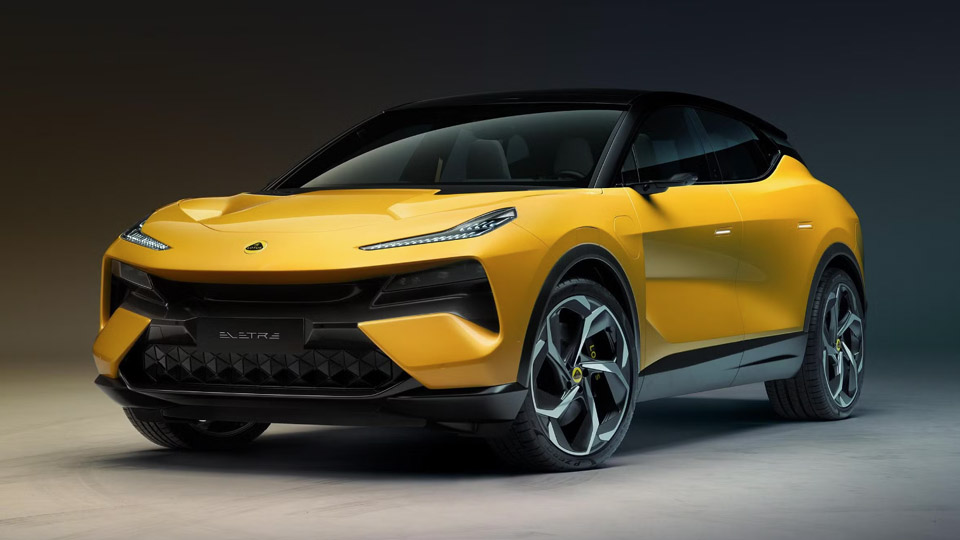
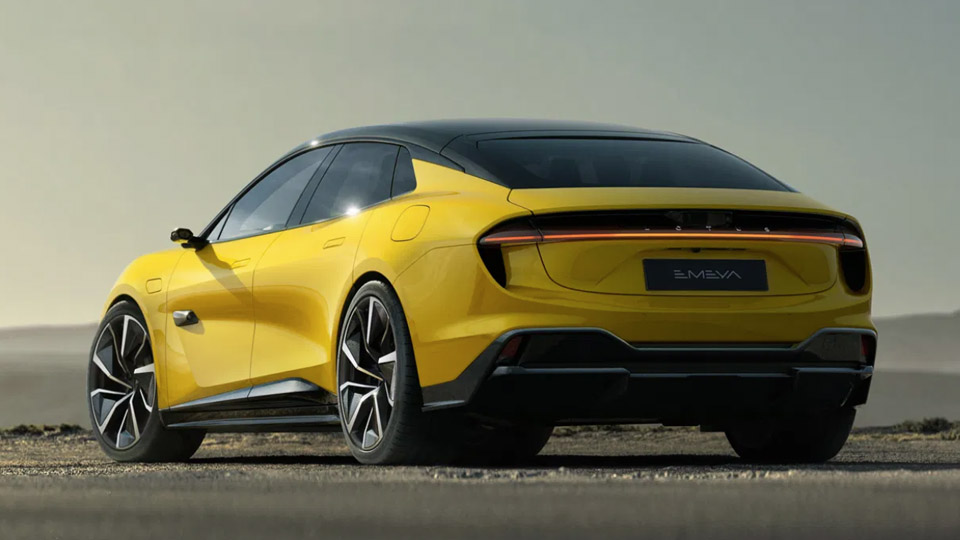
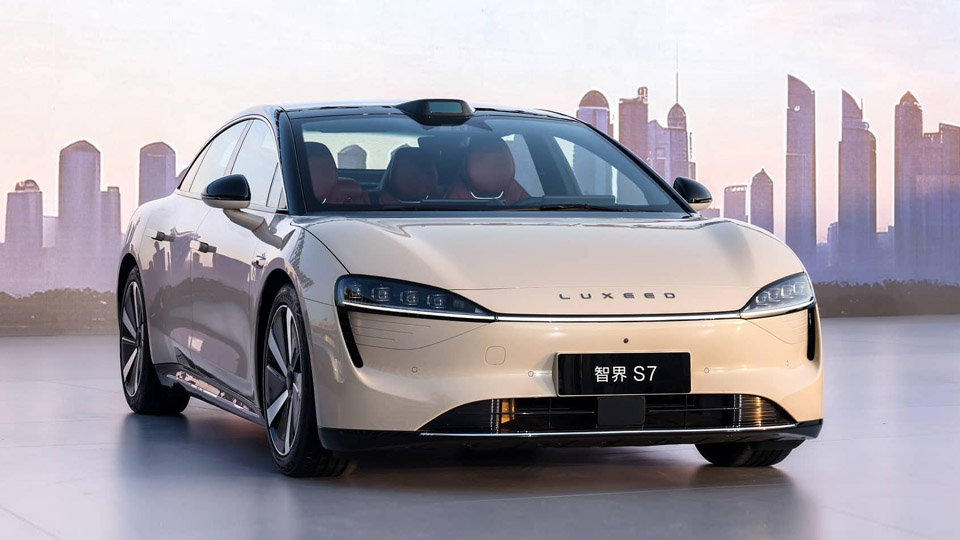

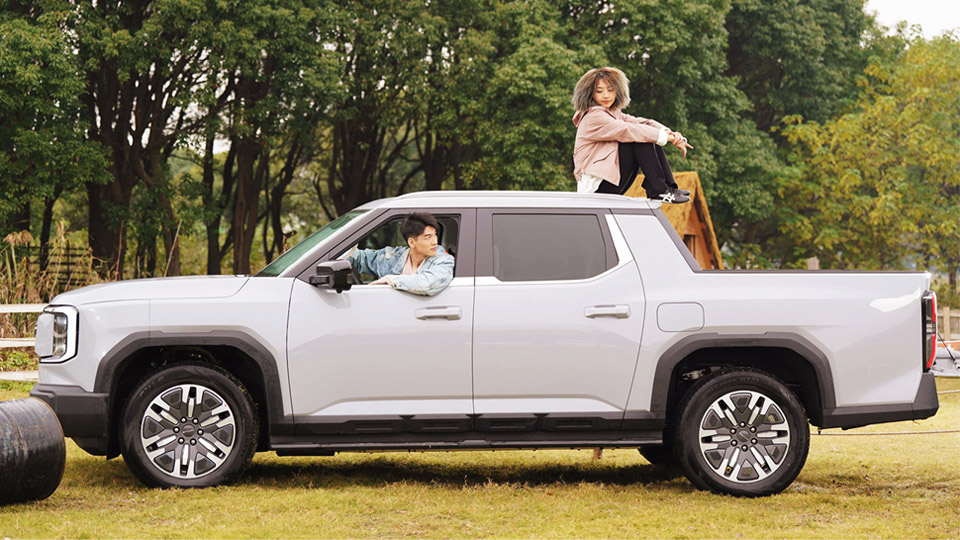
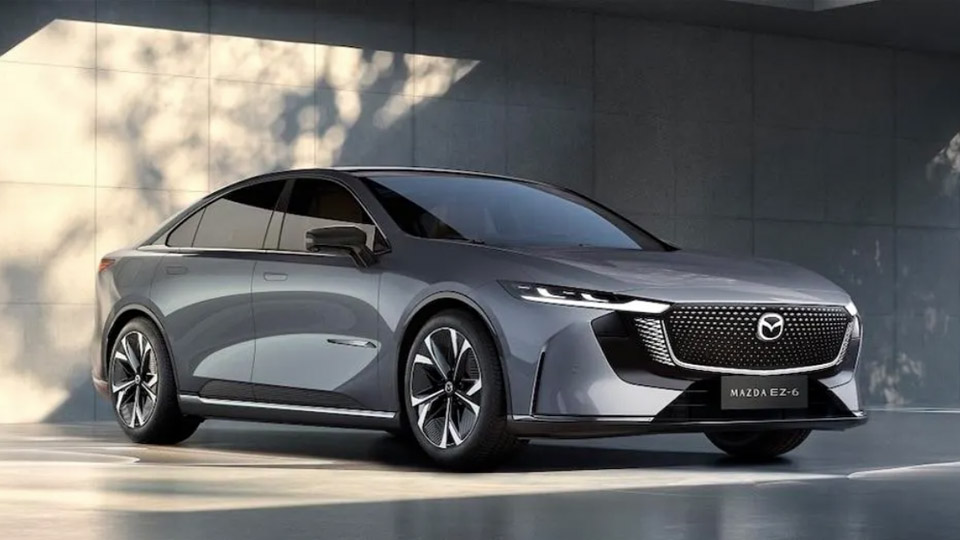
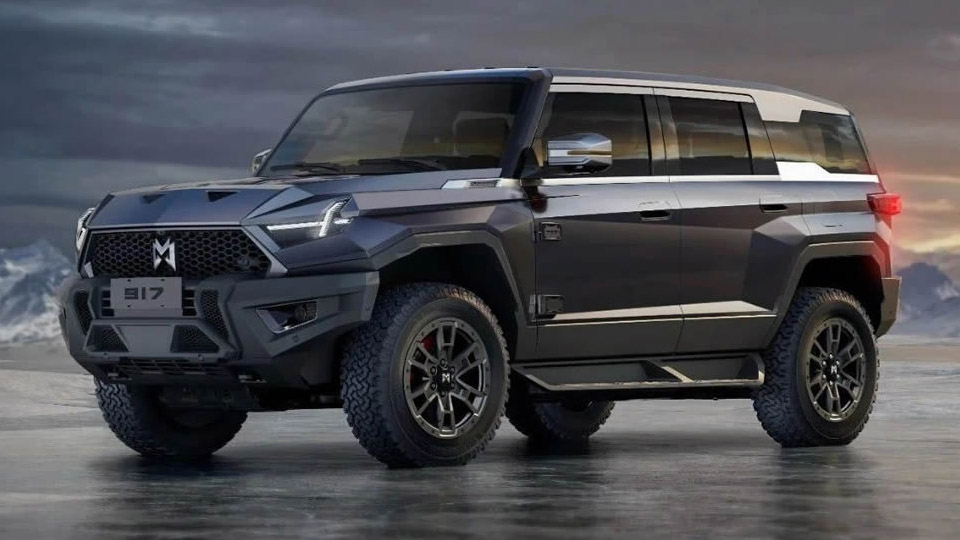
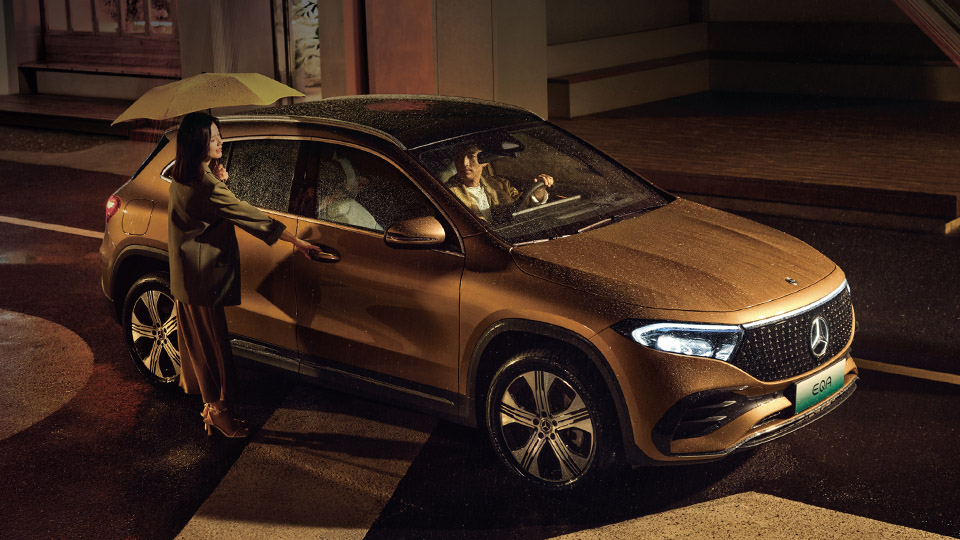
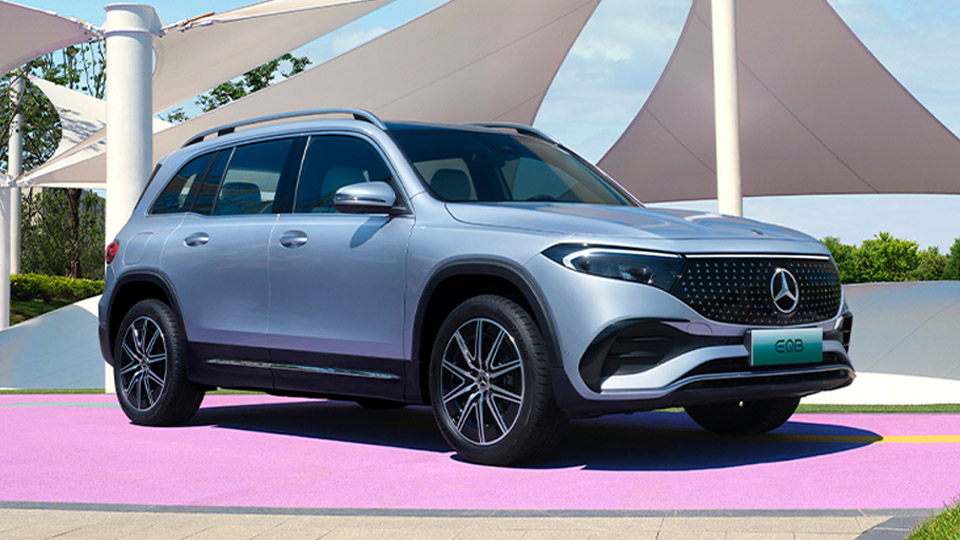
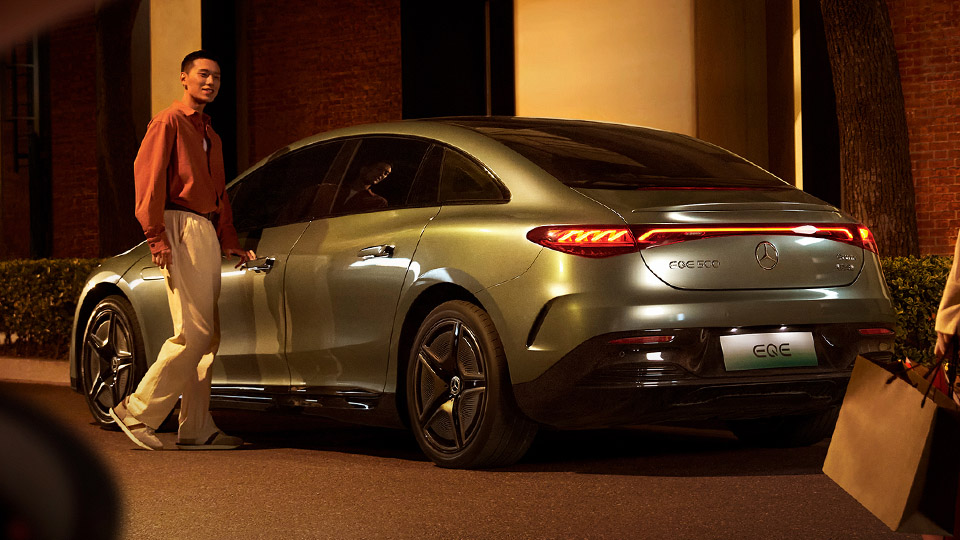
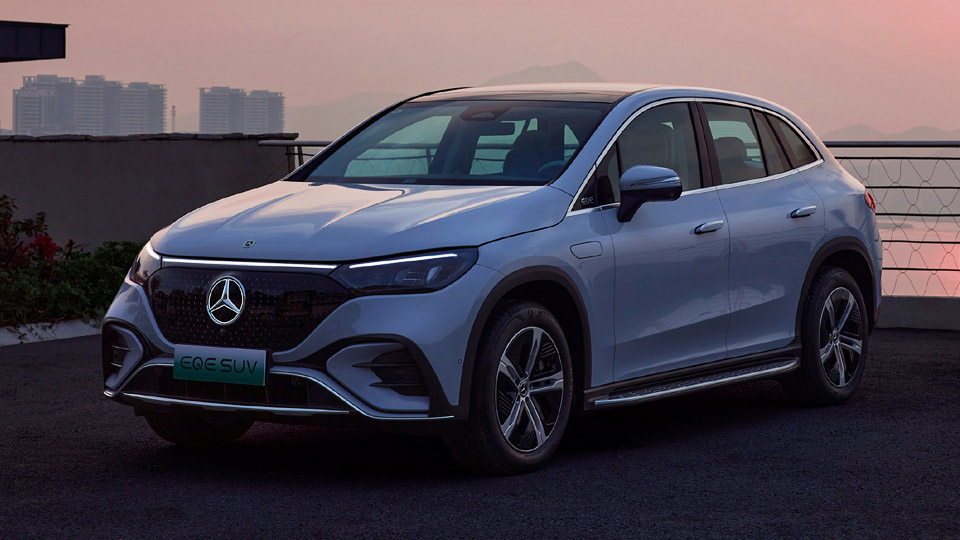
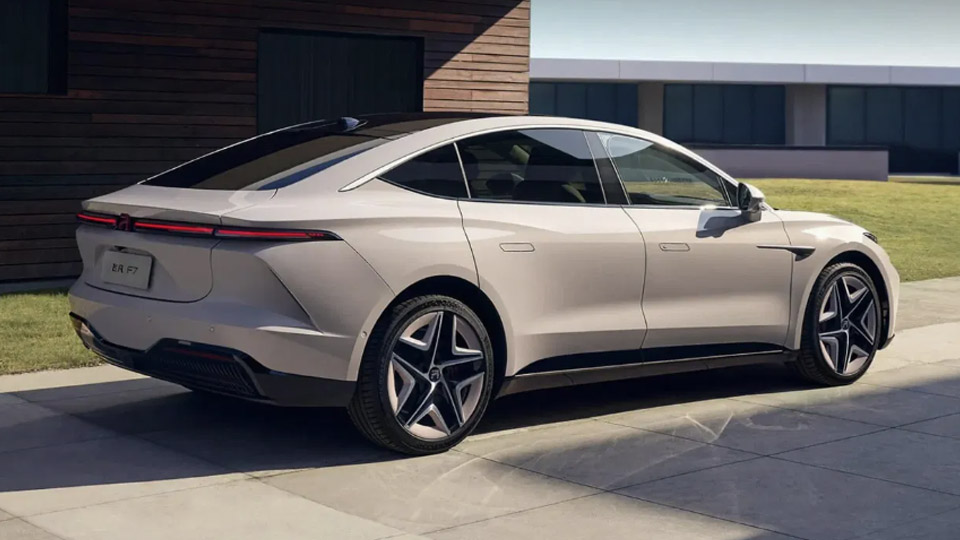
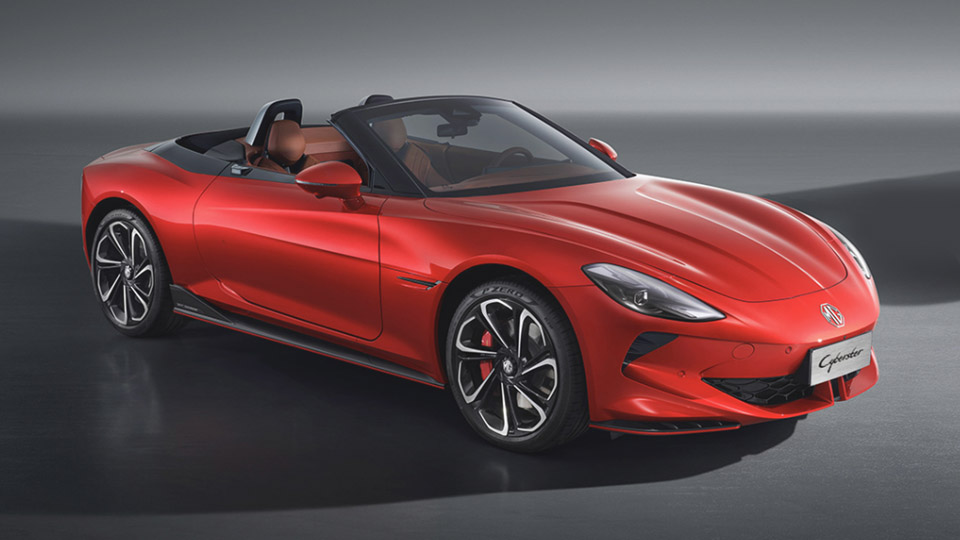
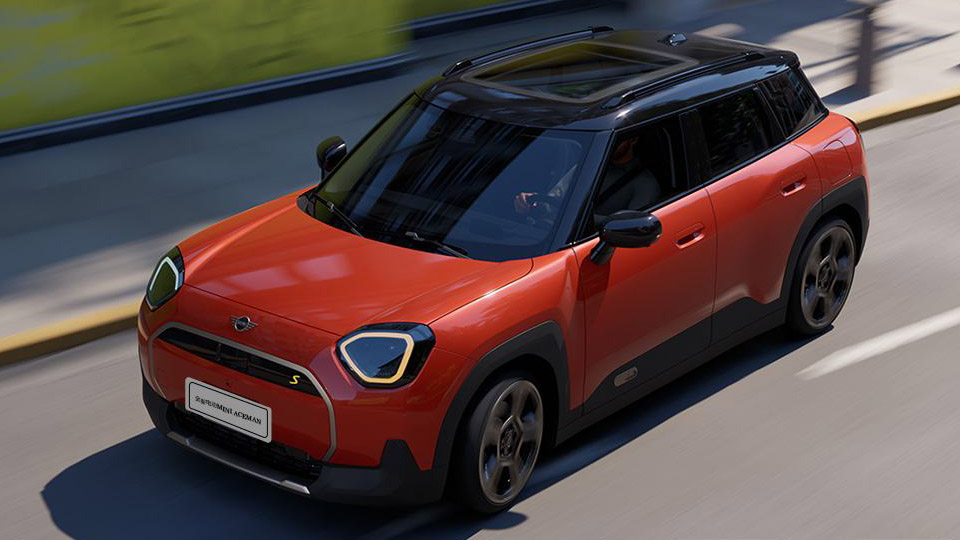
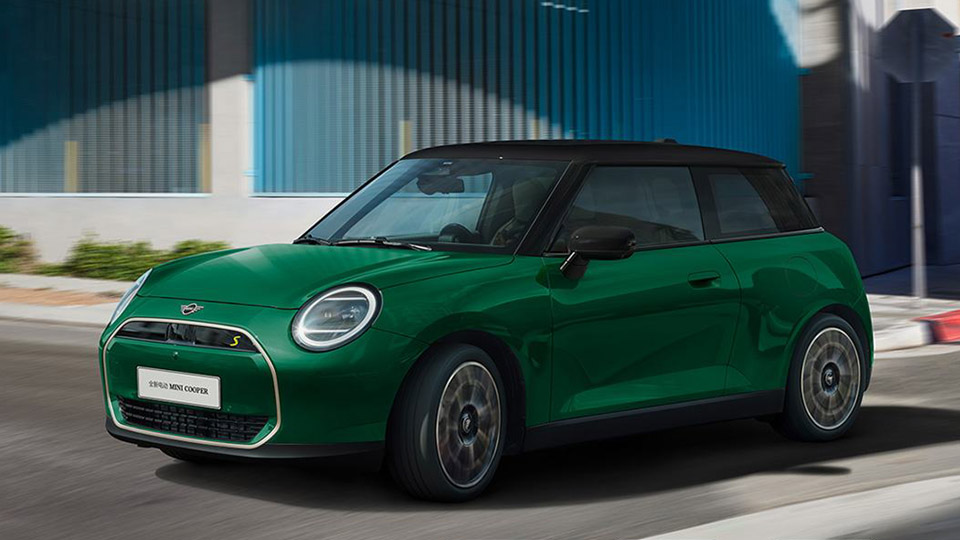
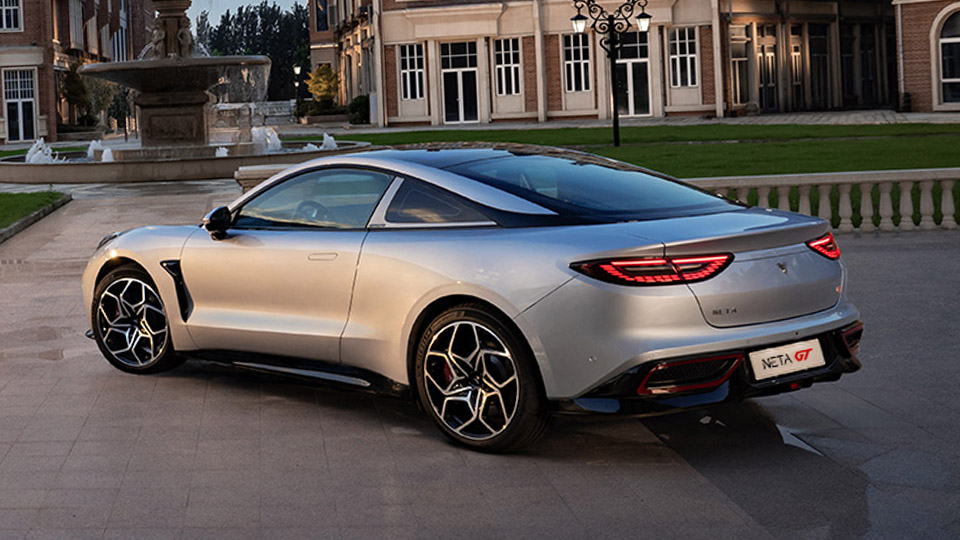
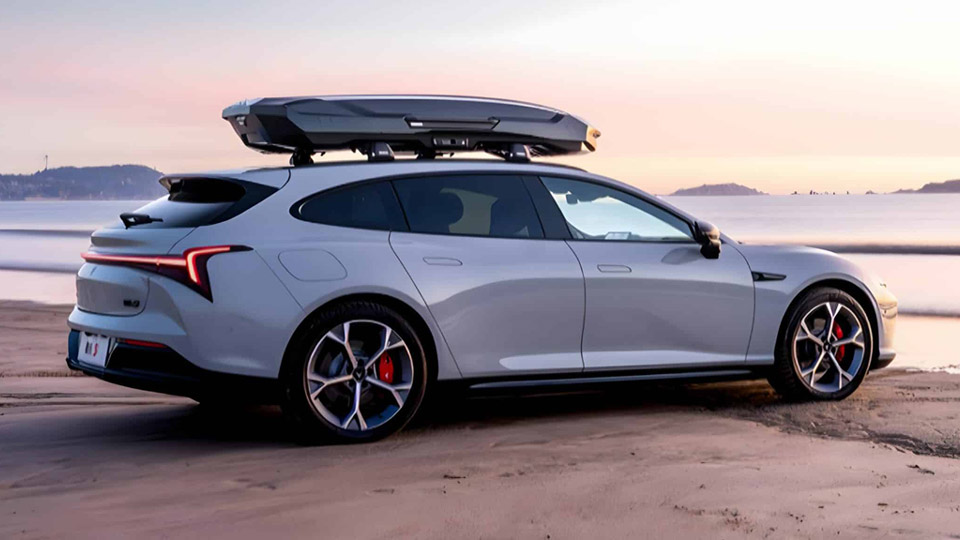
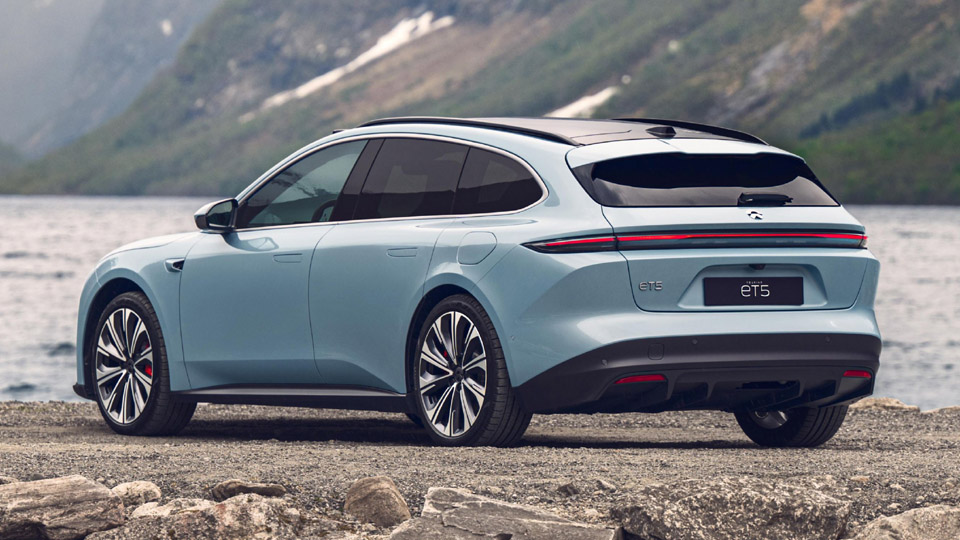

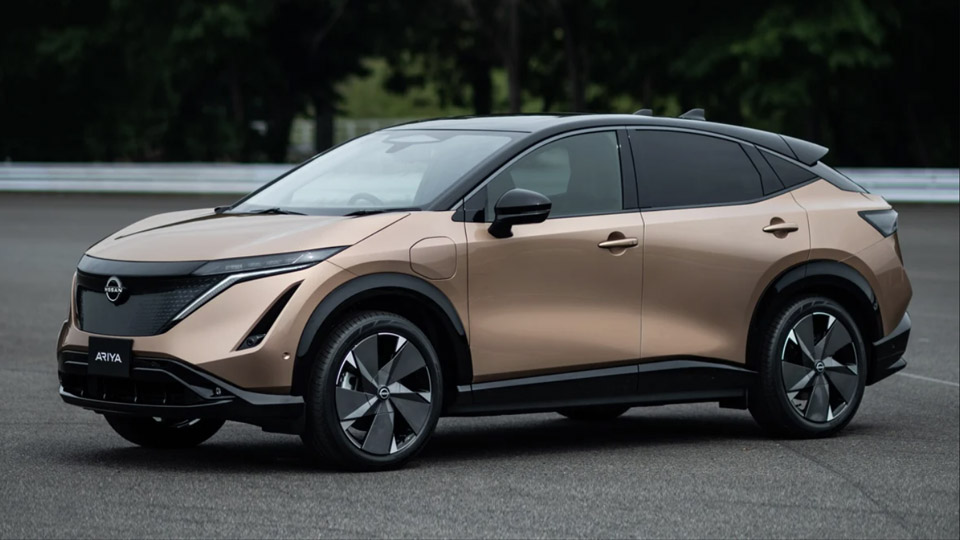
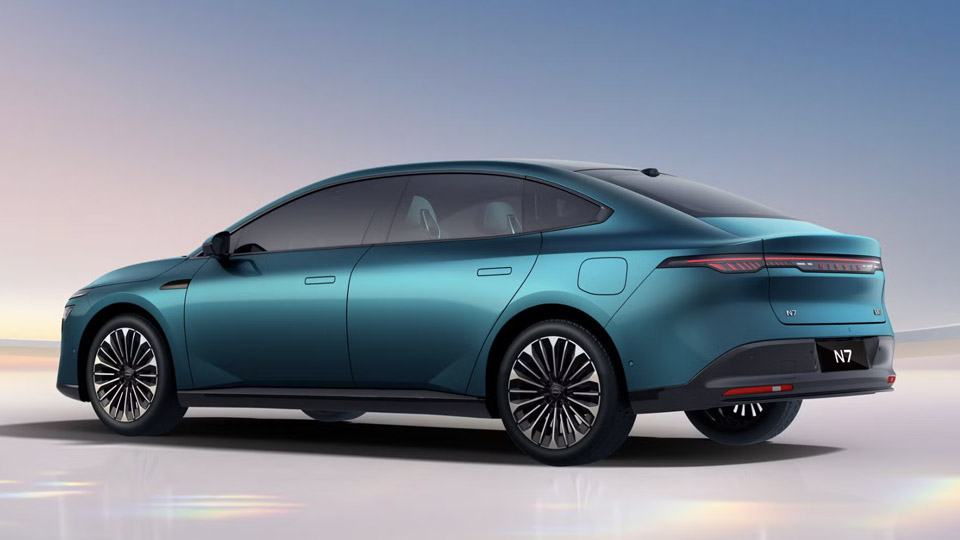
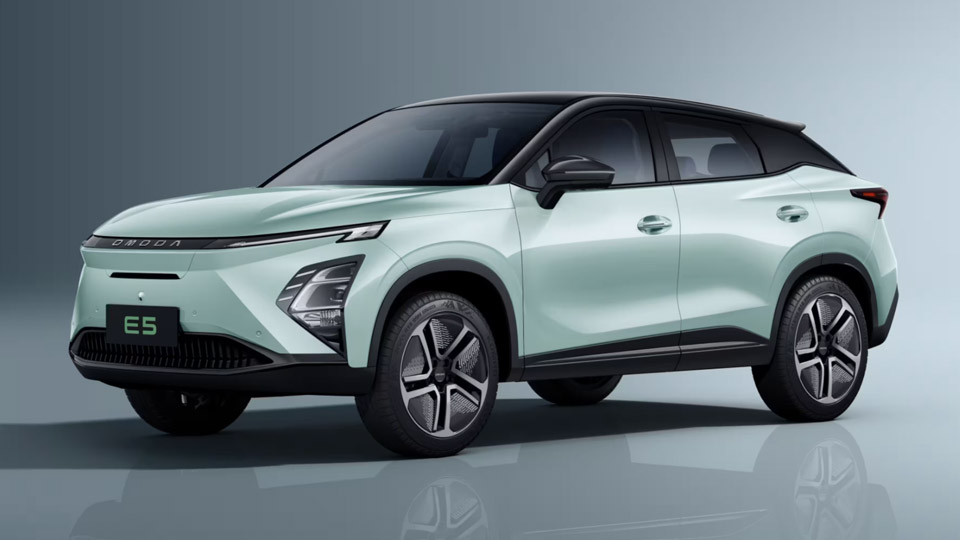
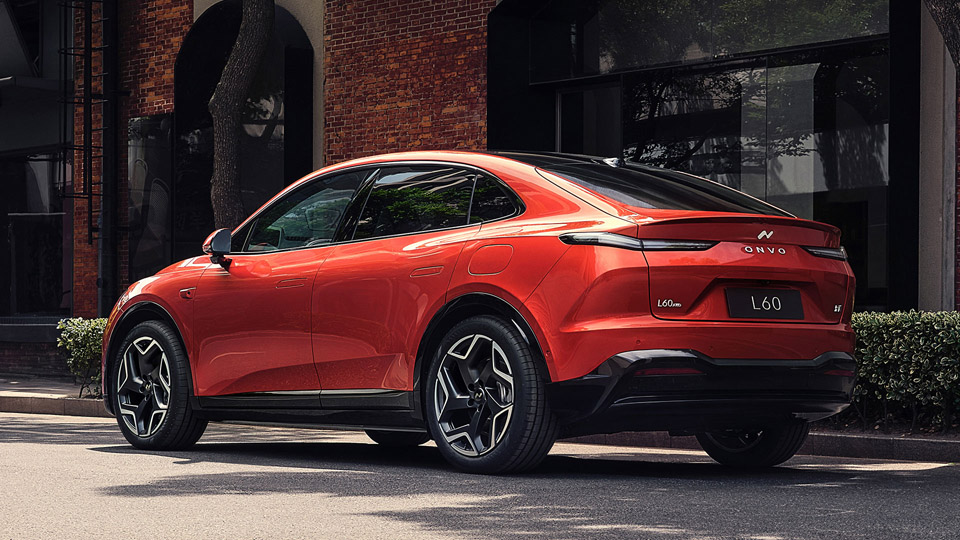
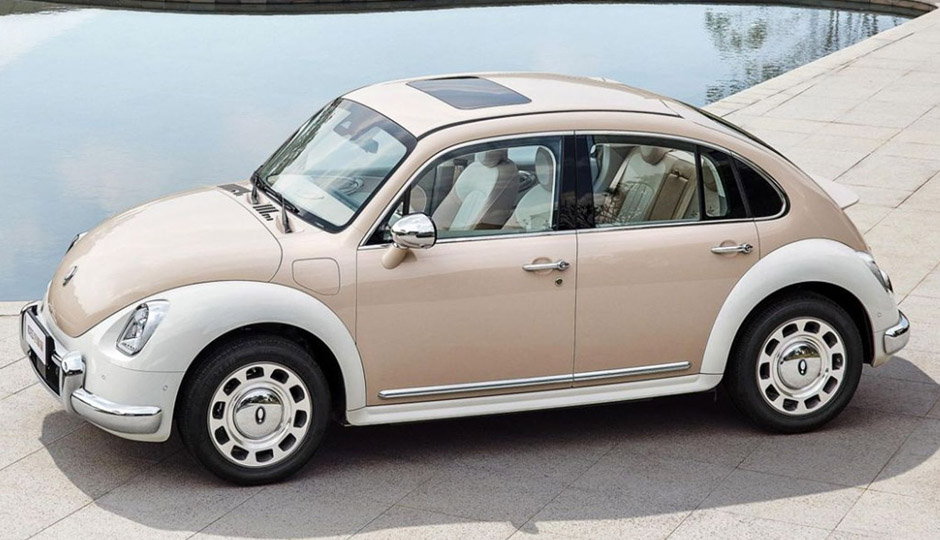
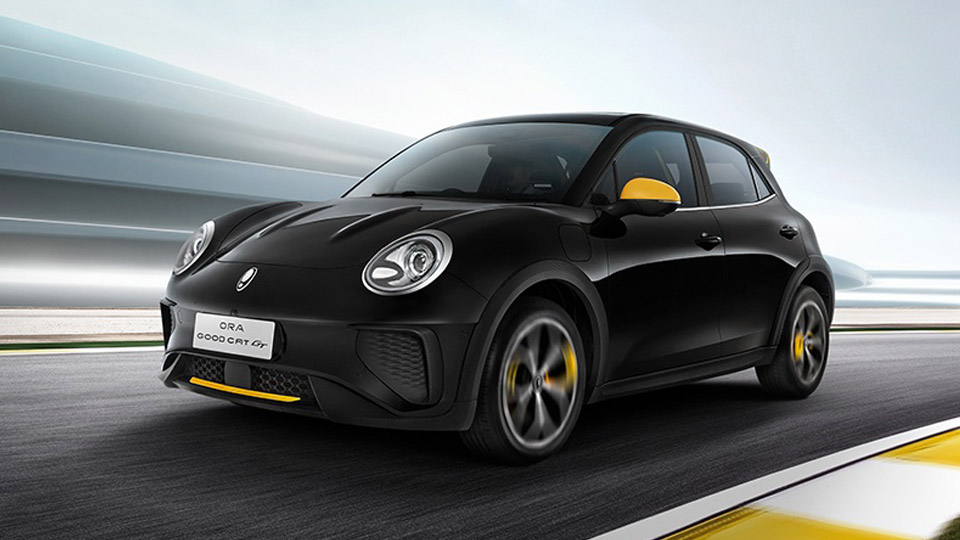
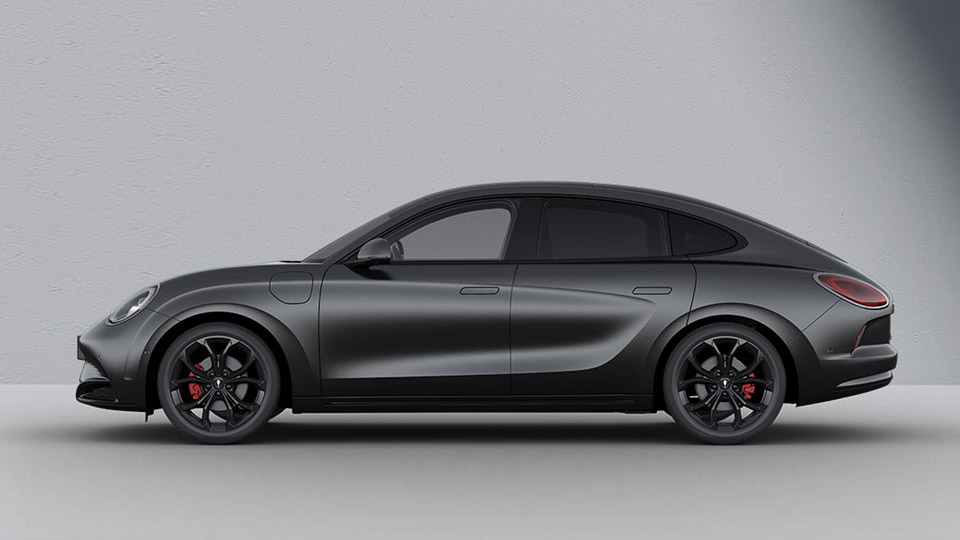
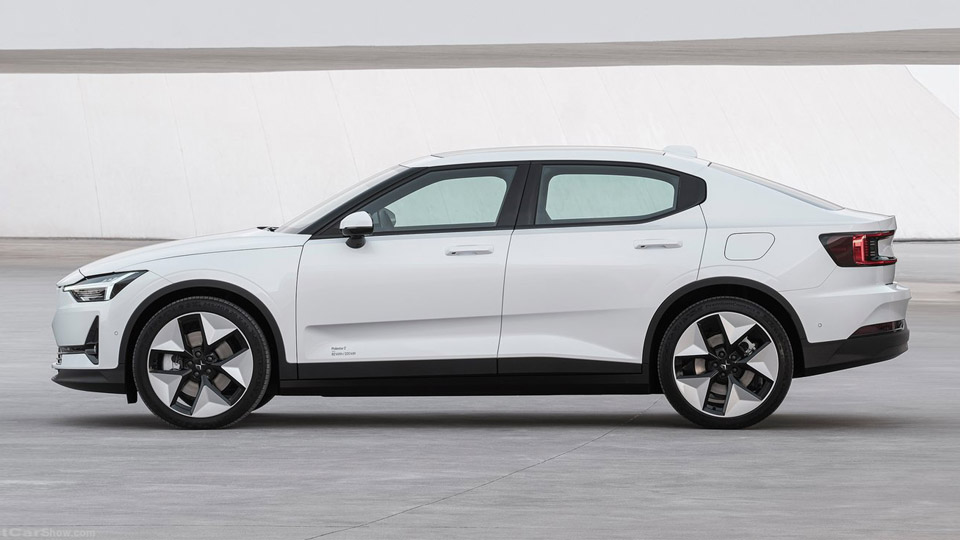
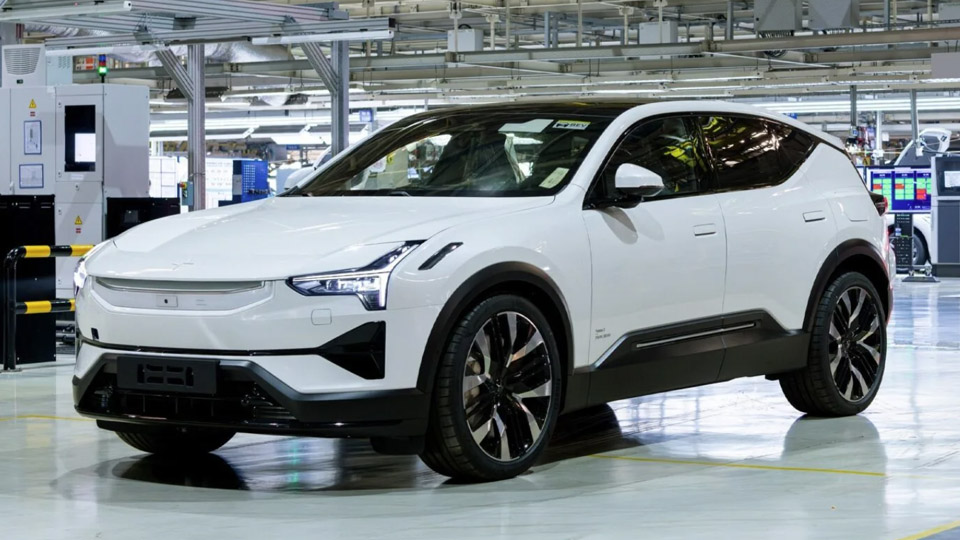
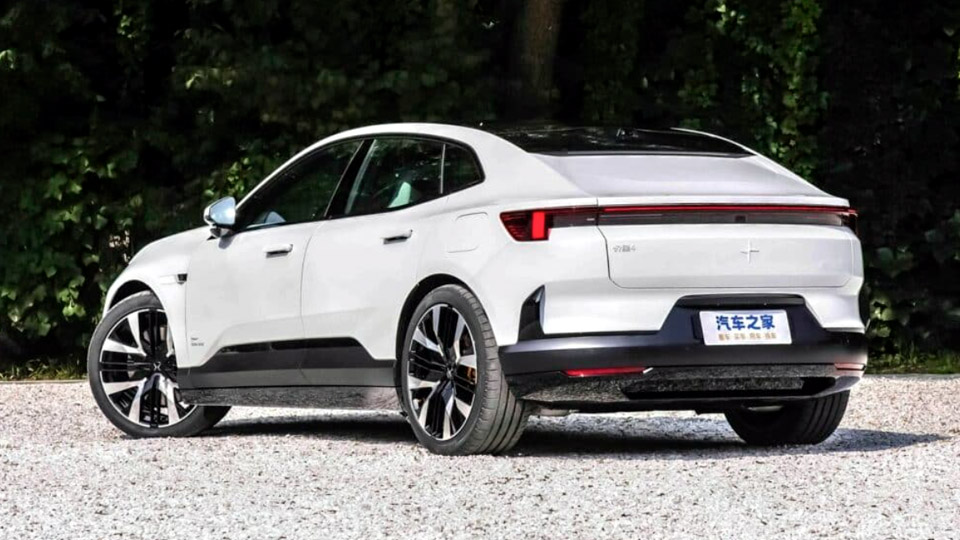
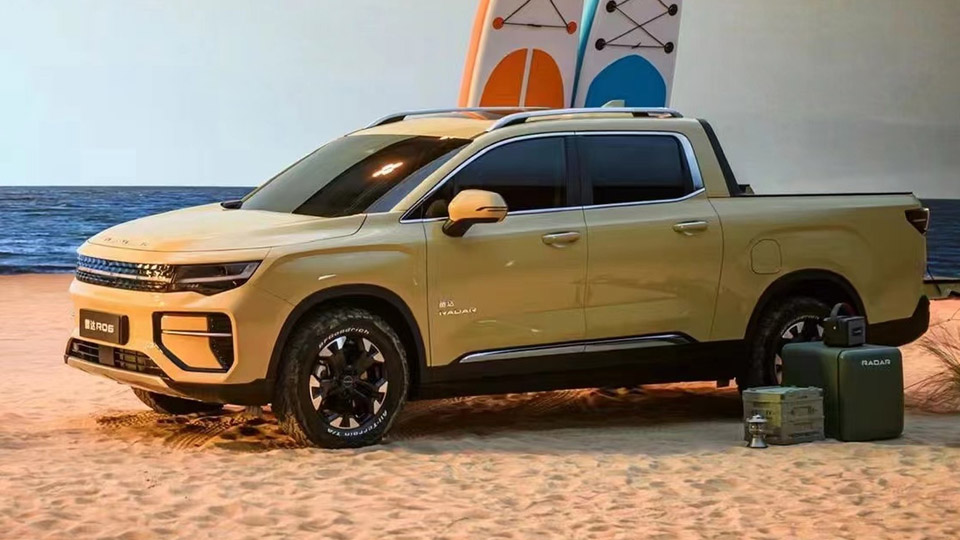
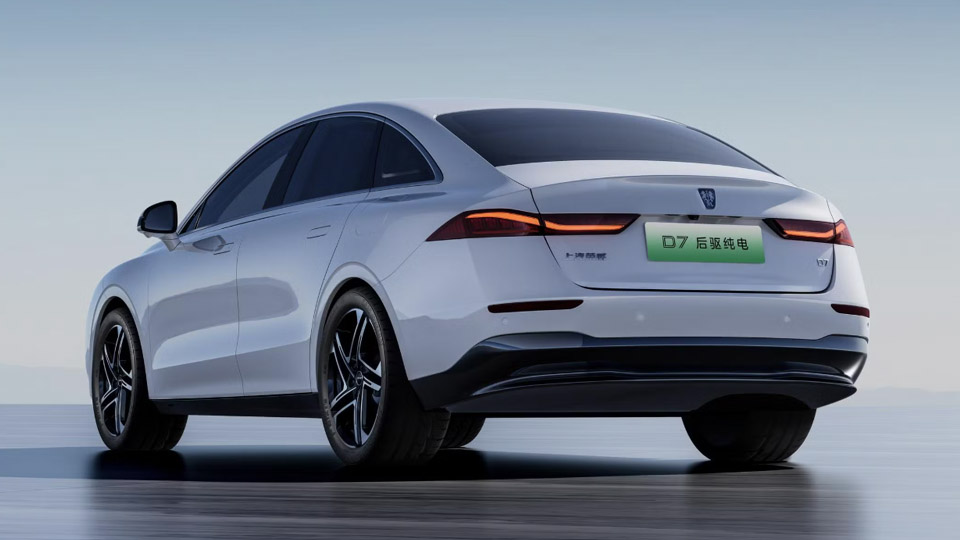

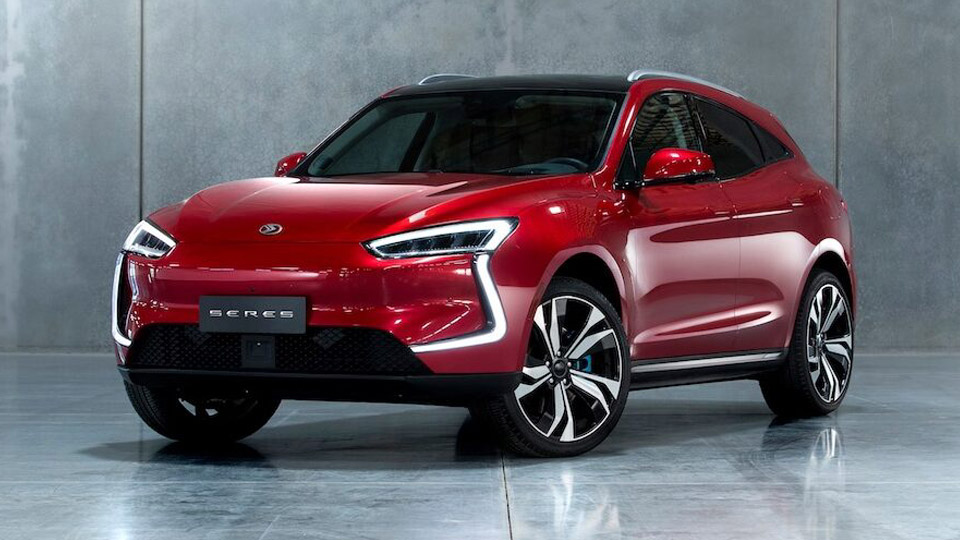
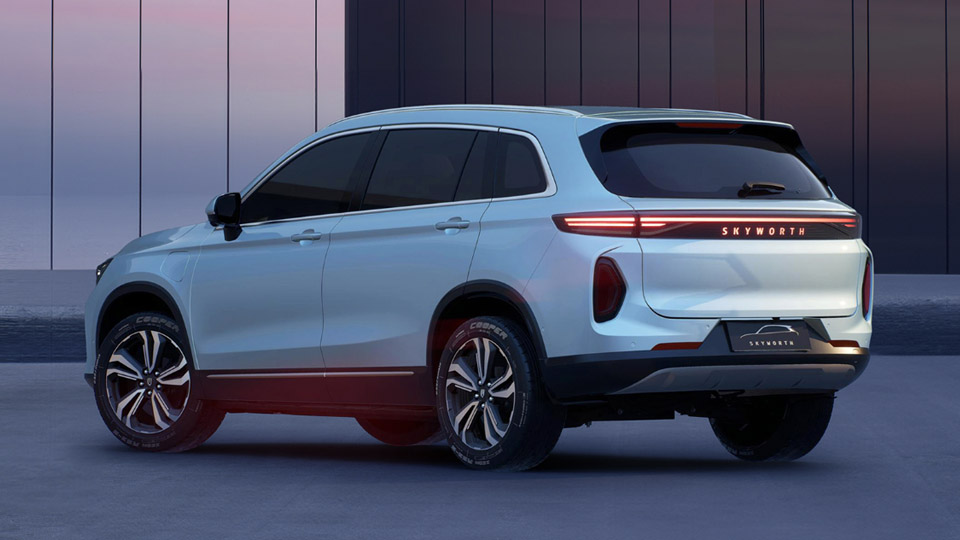
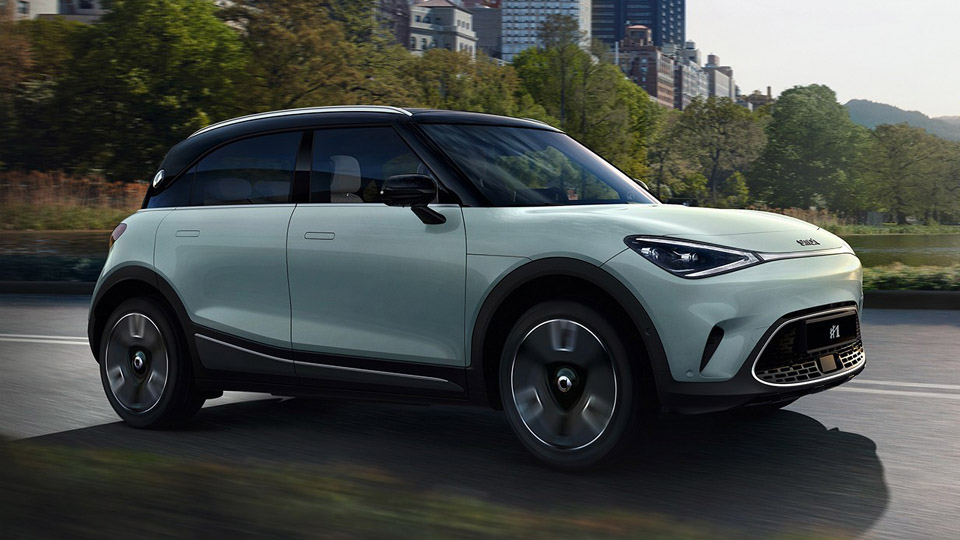
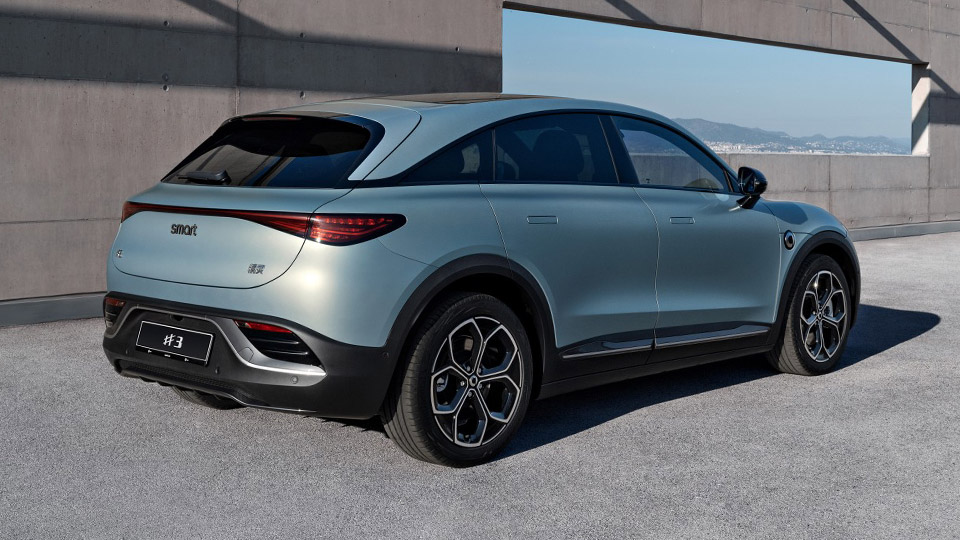
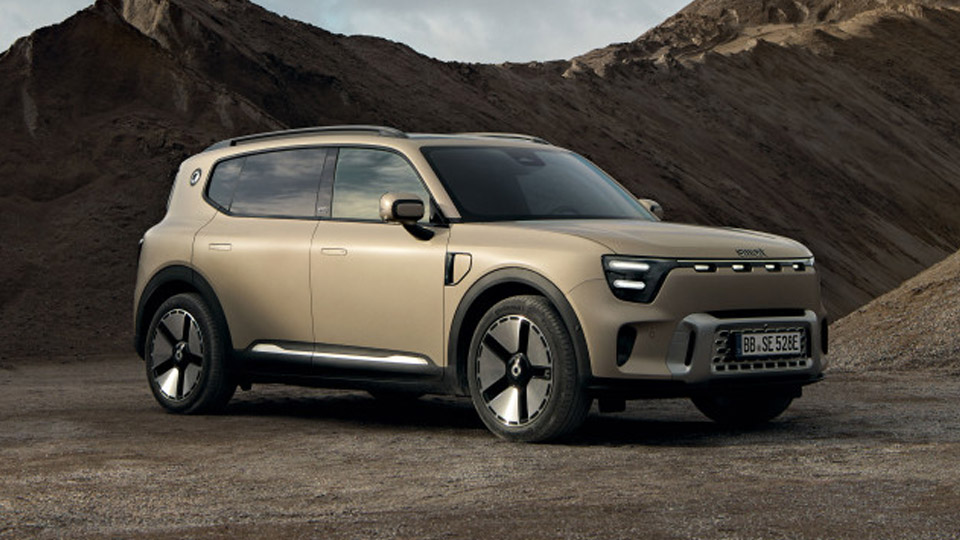
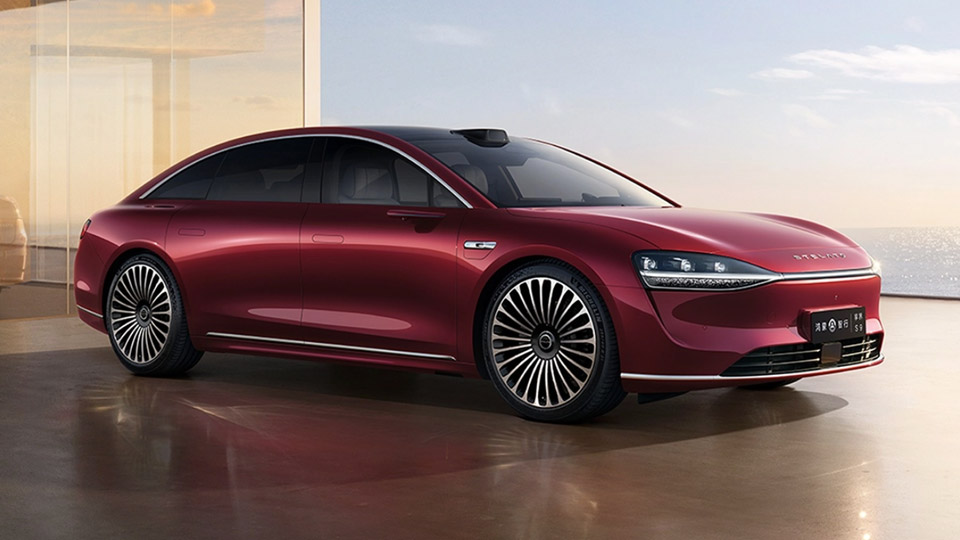
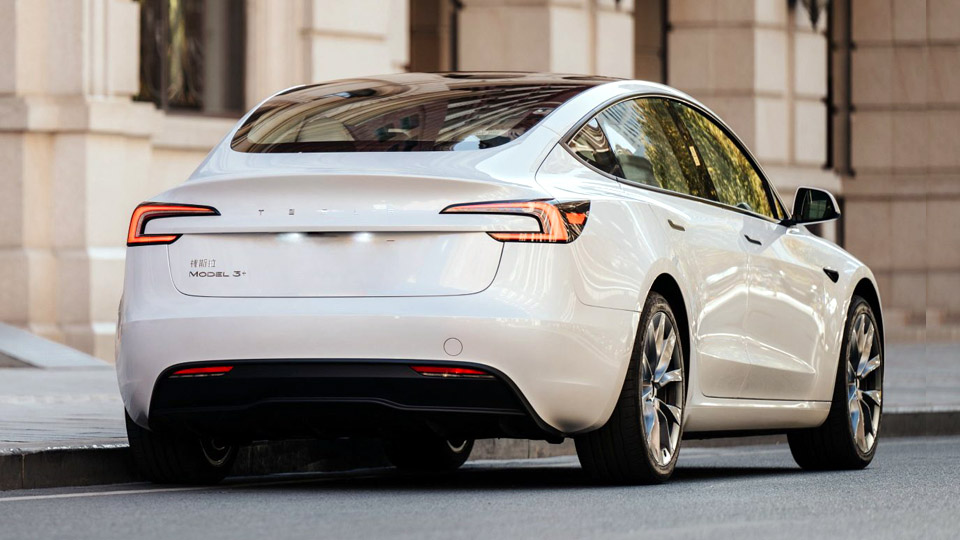
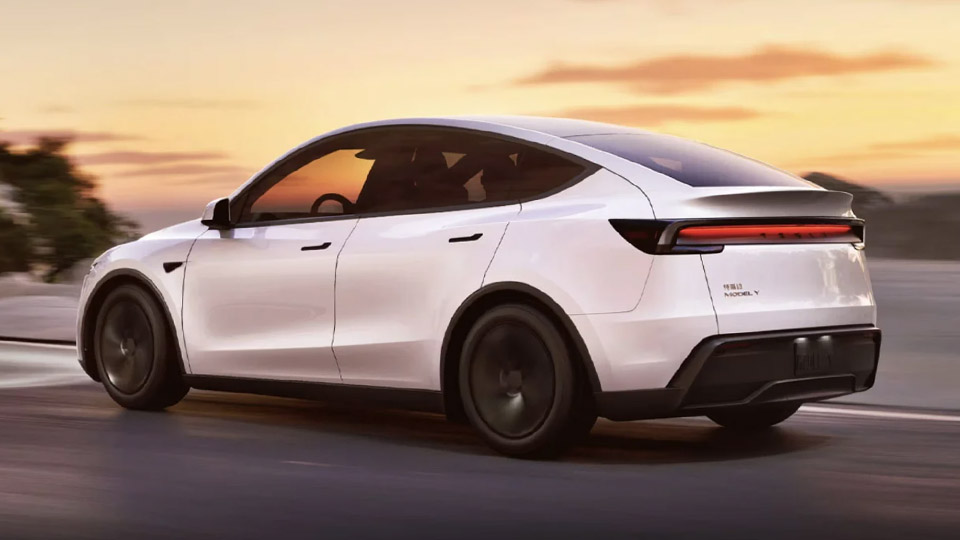
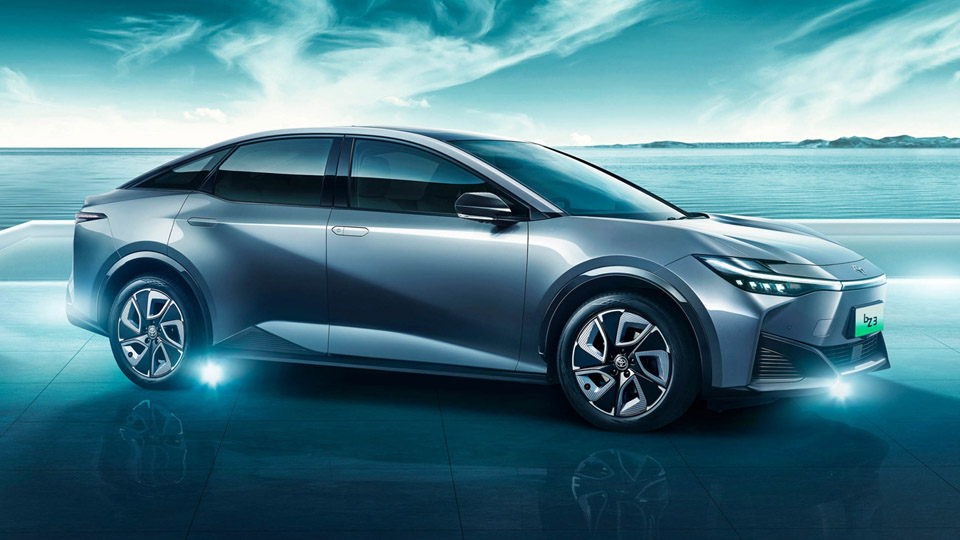
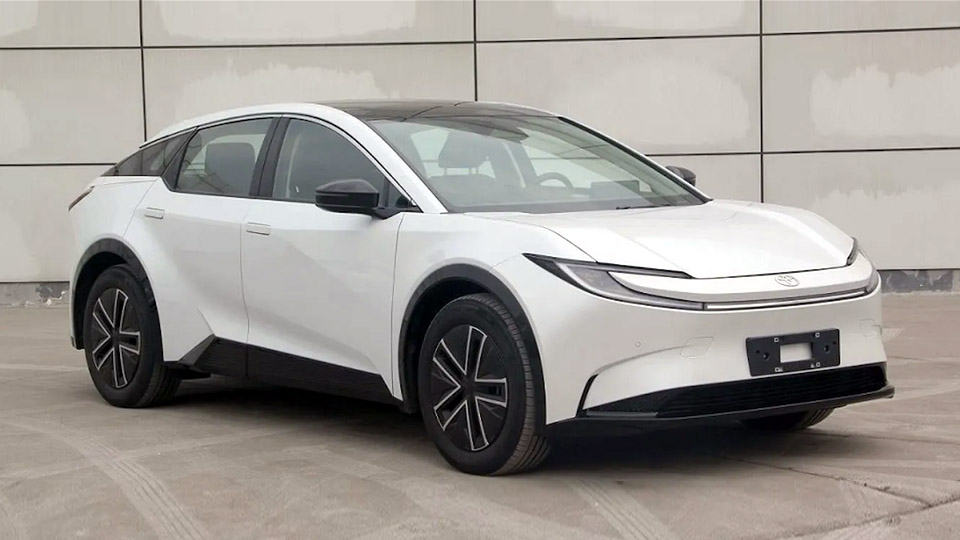
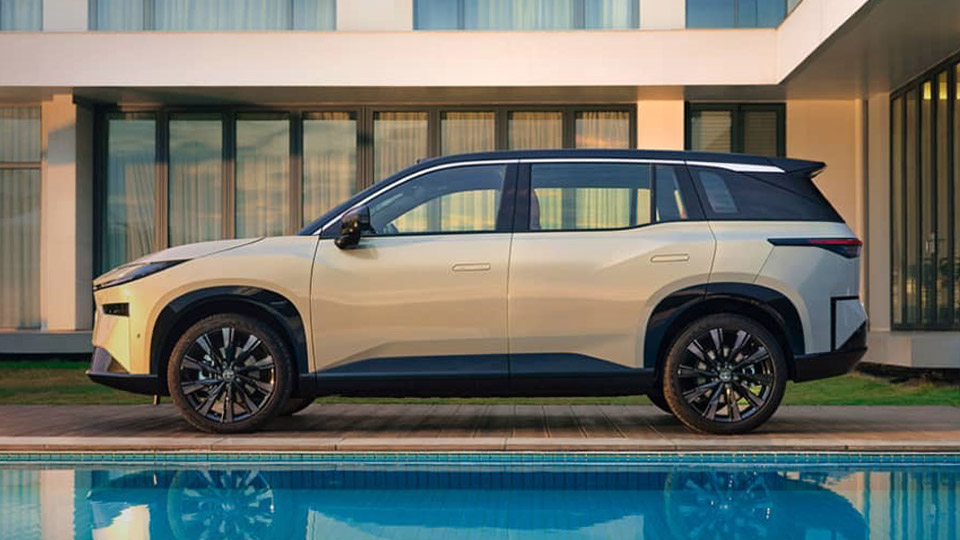
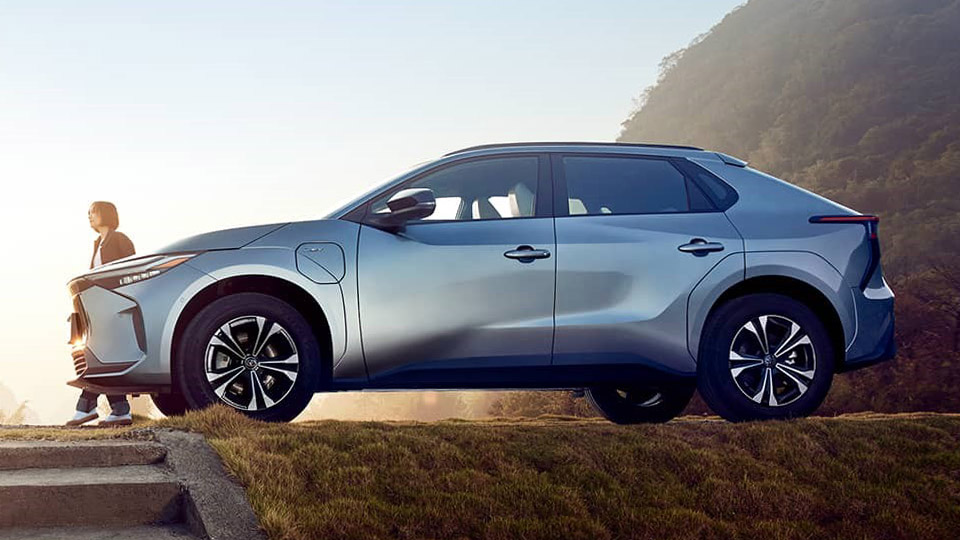
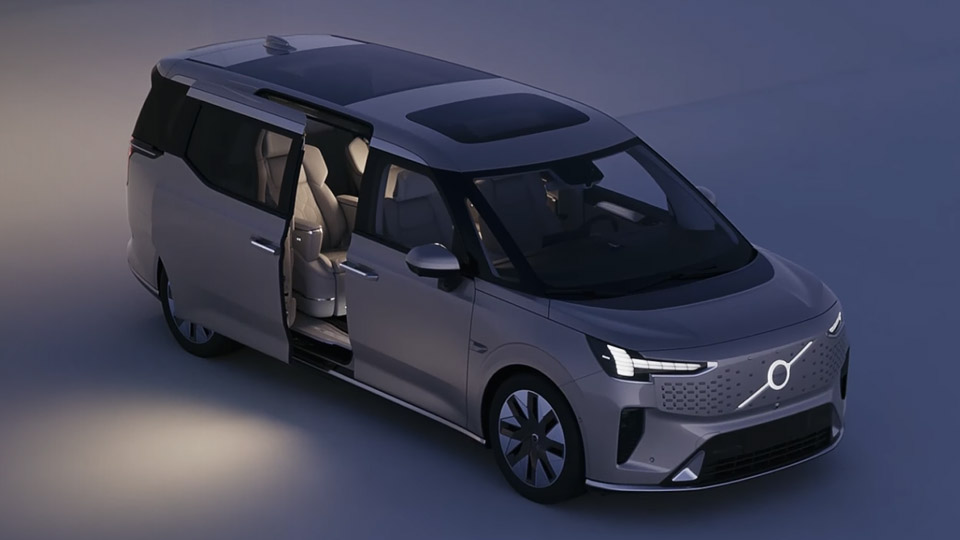
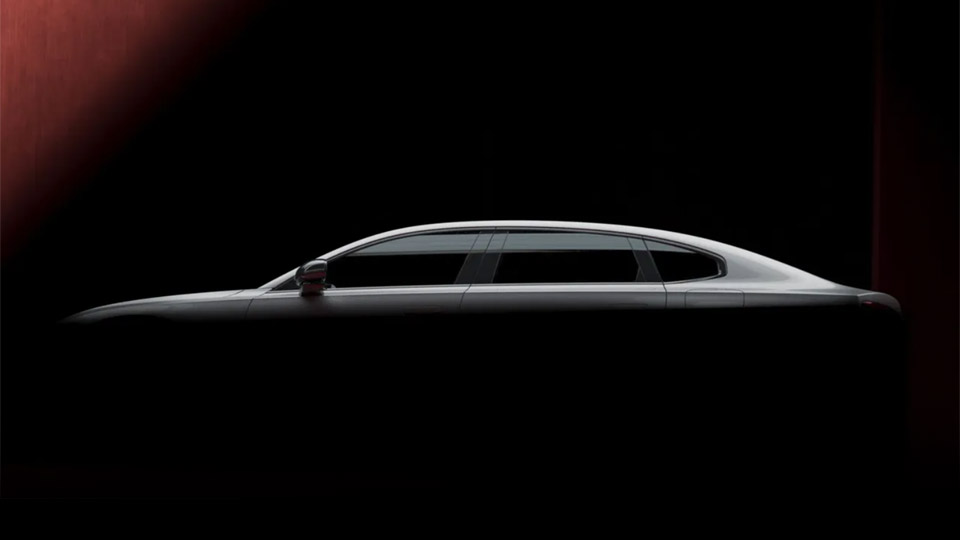
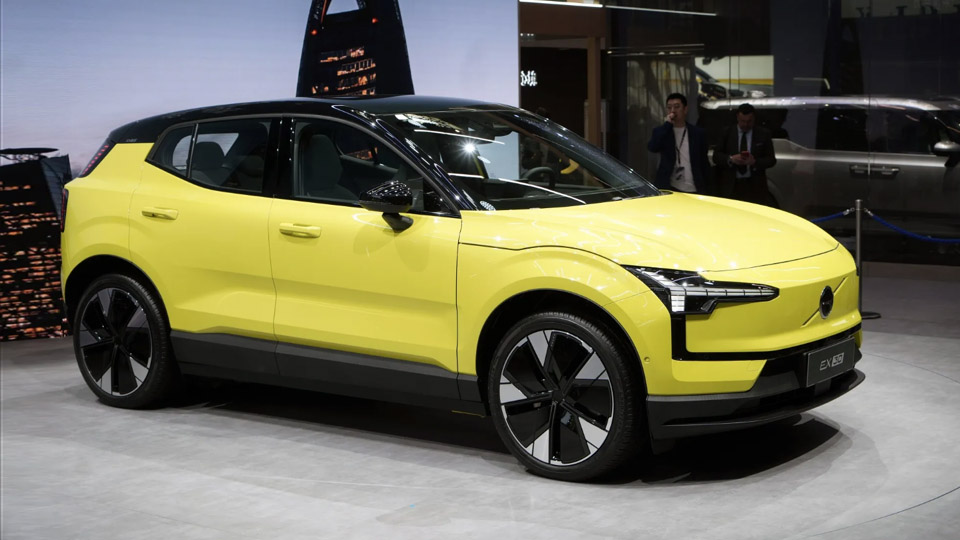
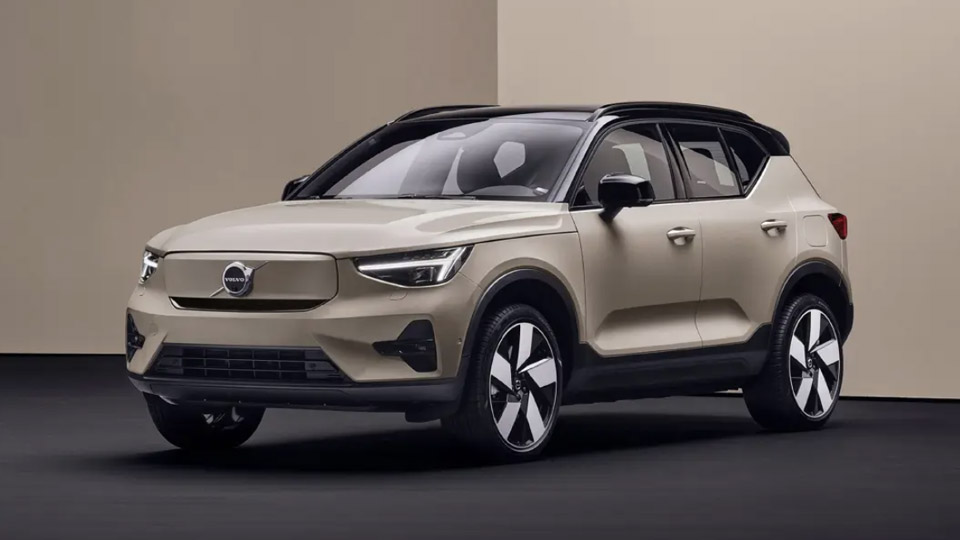
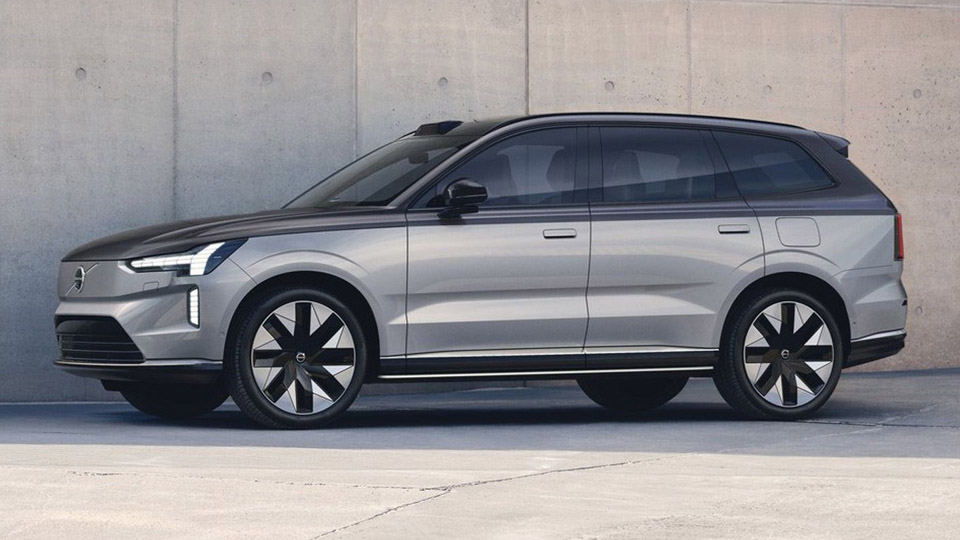
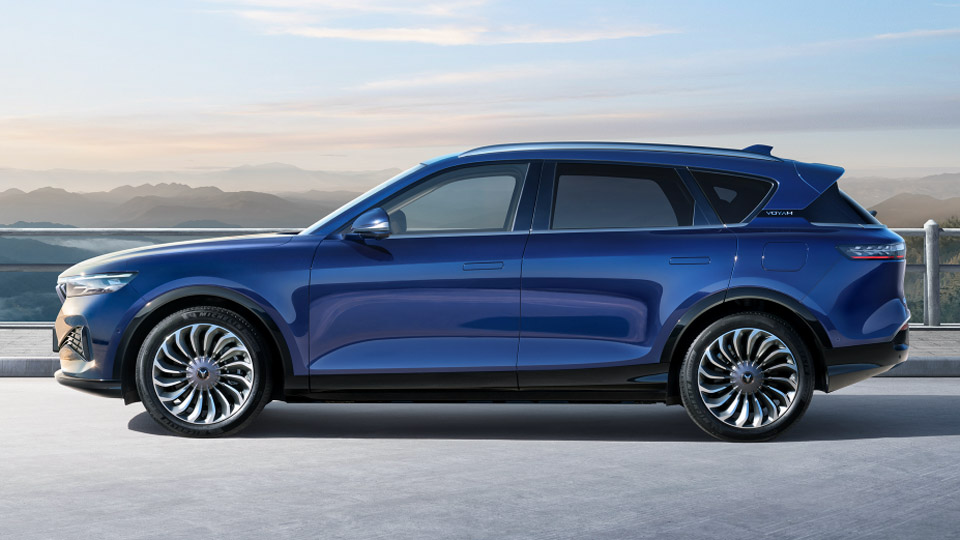
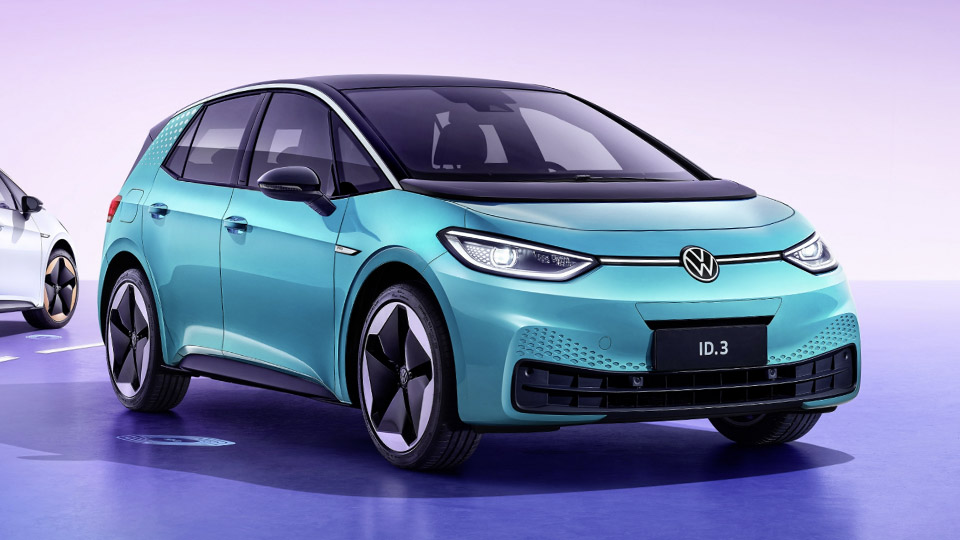
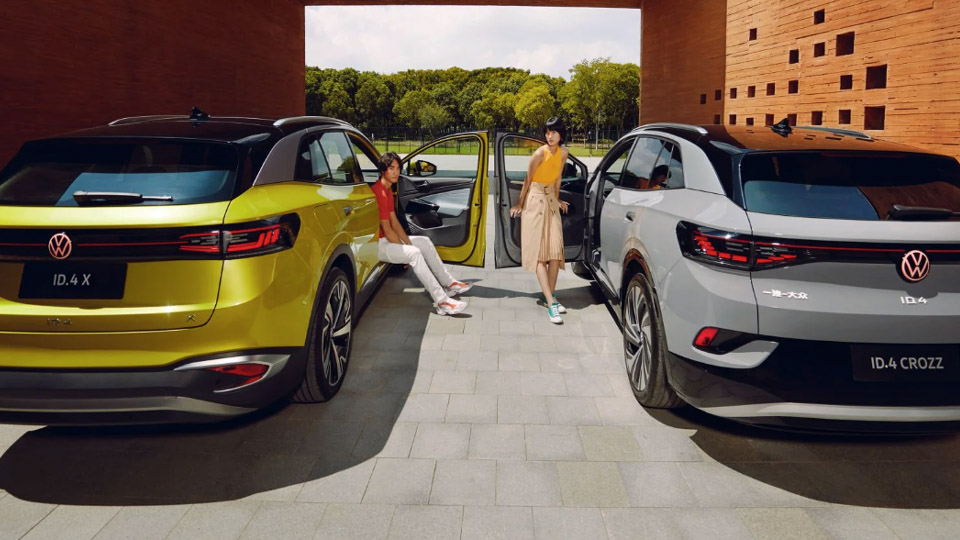
VW ID.4 Crozz (FAW 60% + VW 40%)
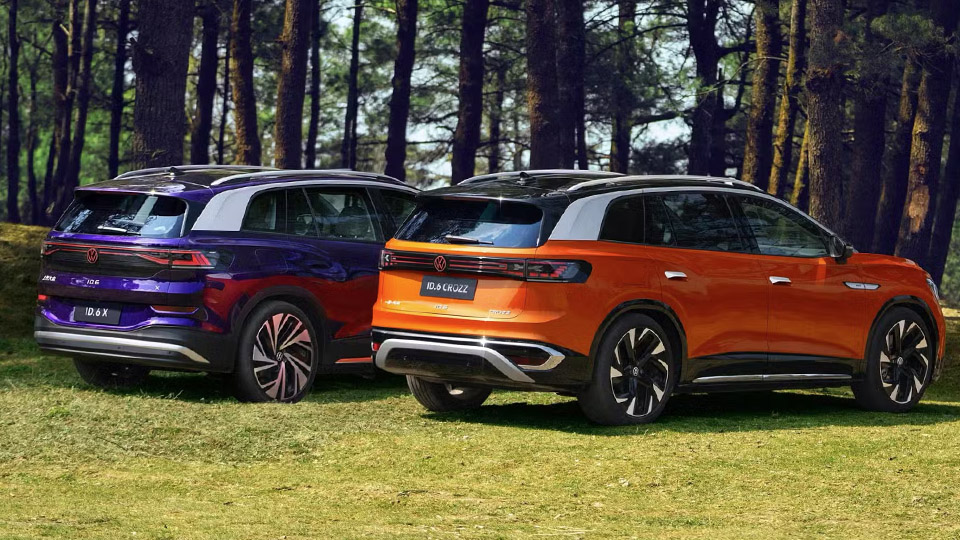
VW ID.6 Crozz (FAW 60% + VW 40%)
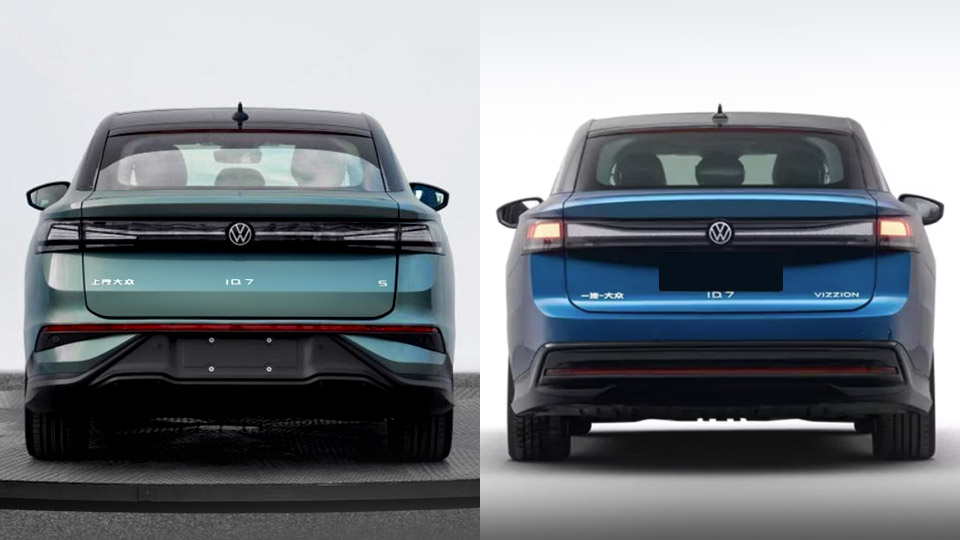
VW ID.7 Vizzion (FAW 60% + VW 40%)
